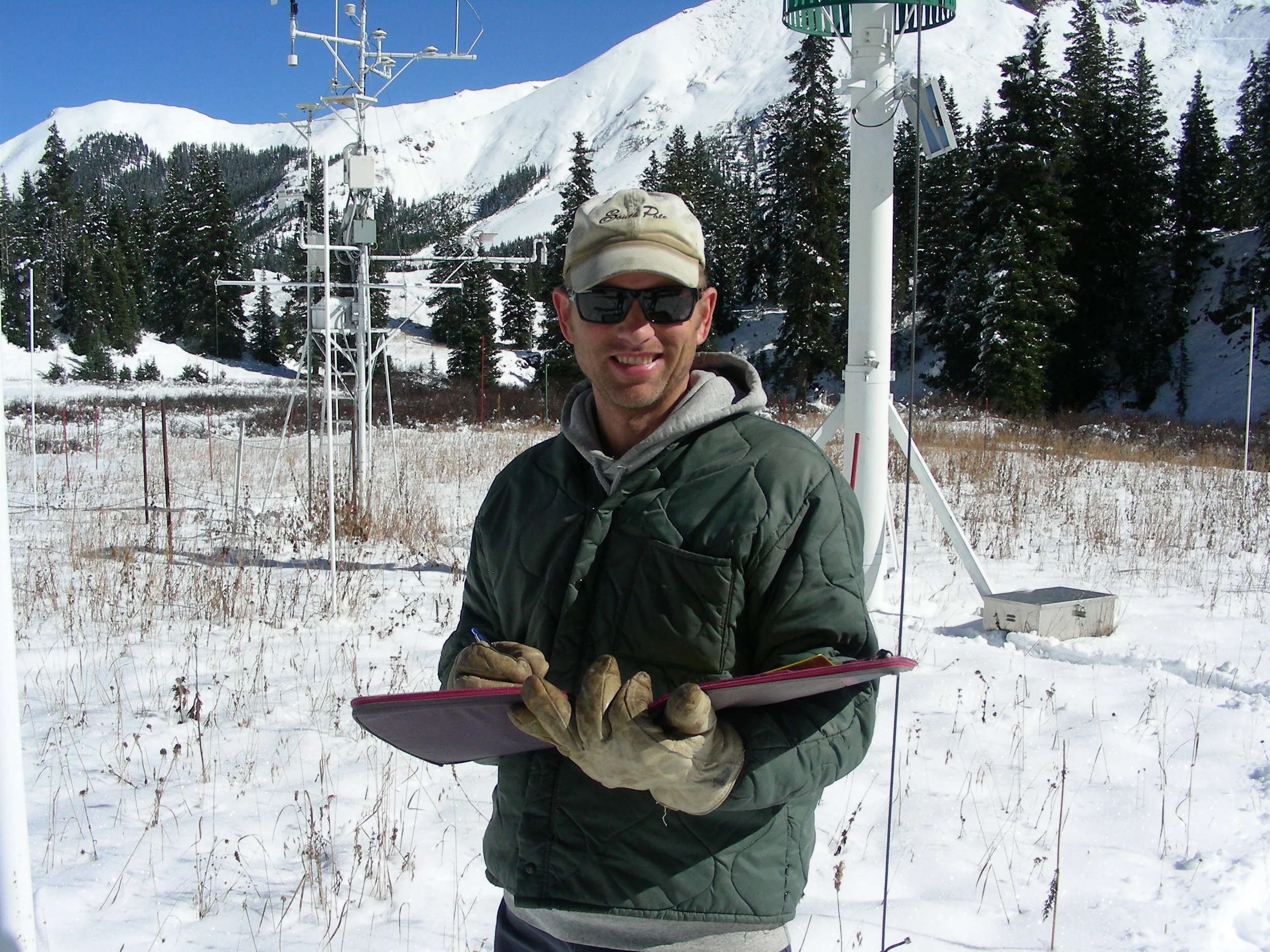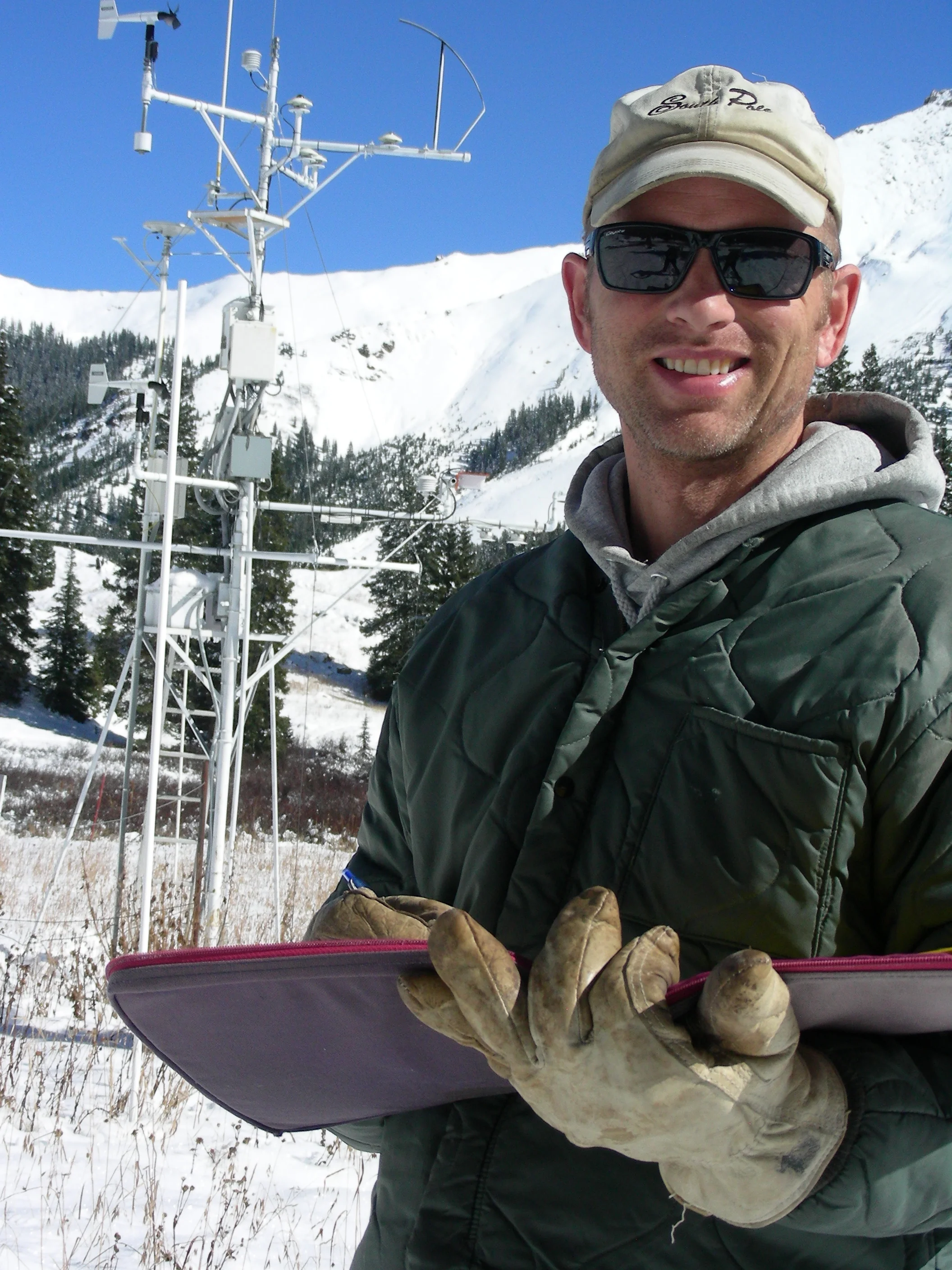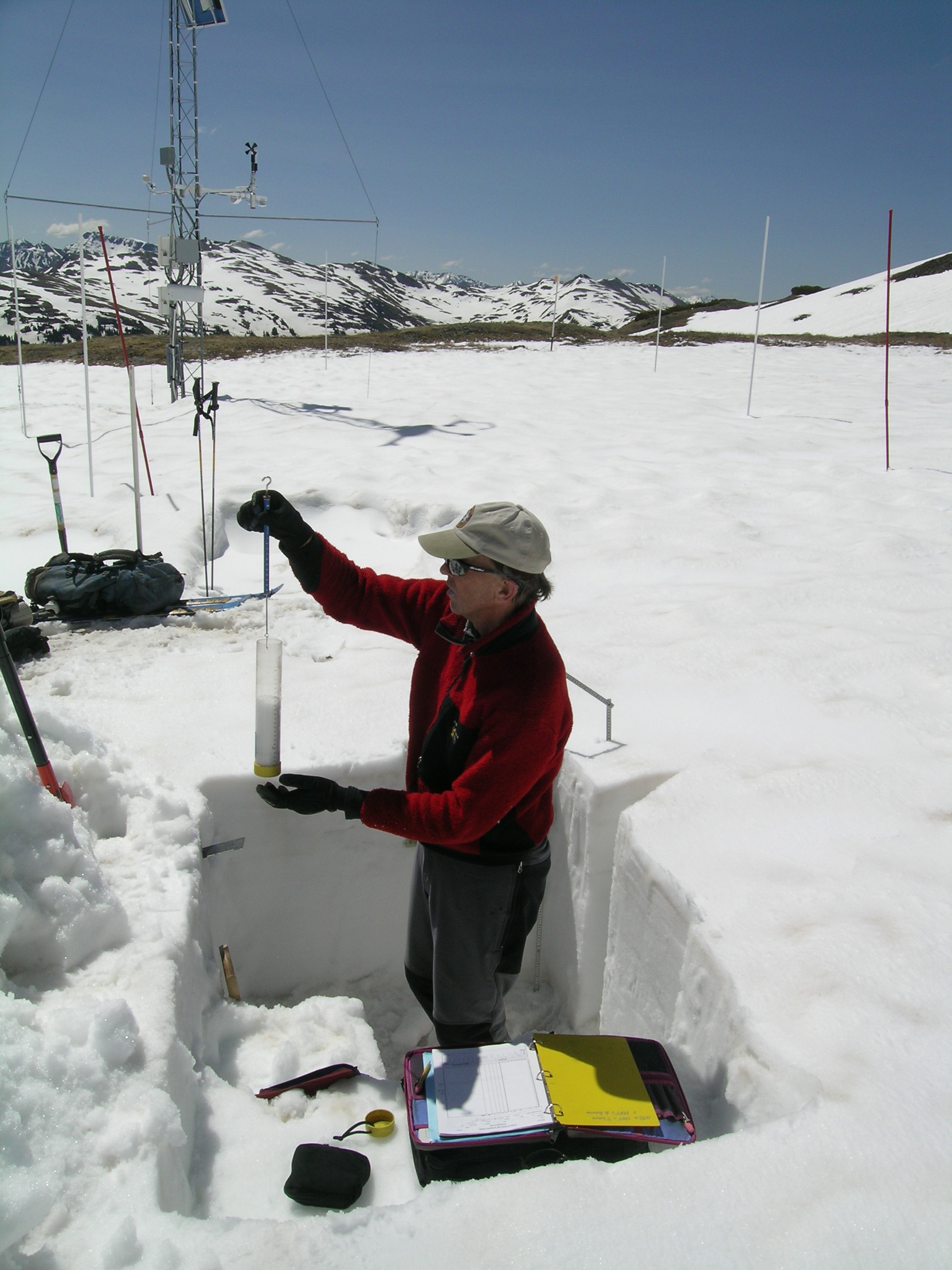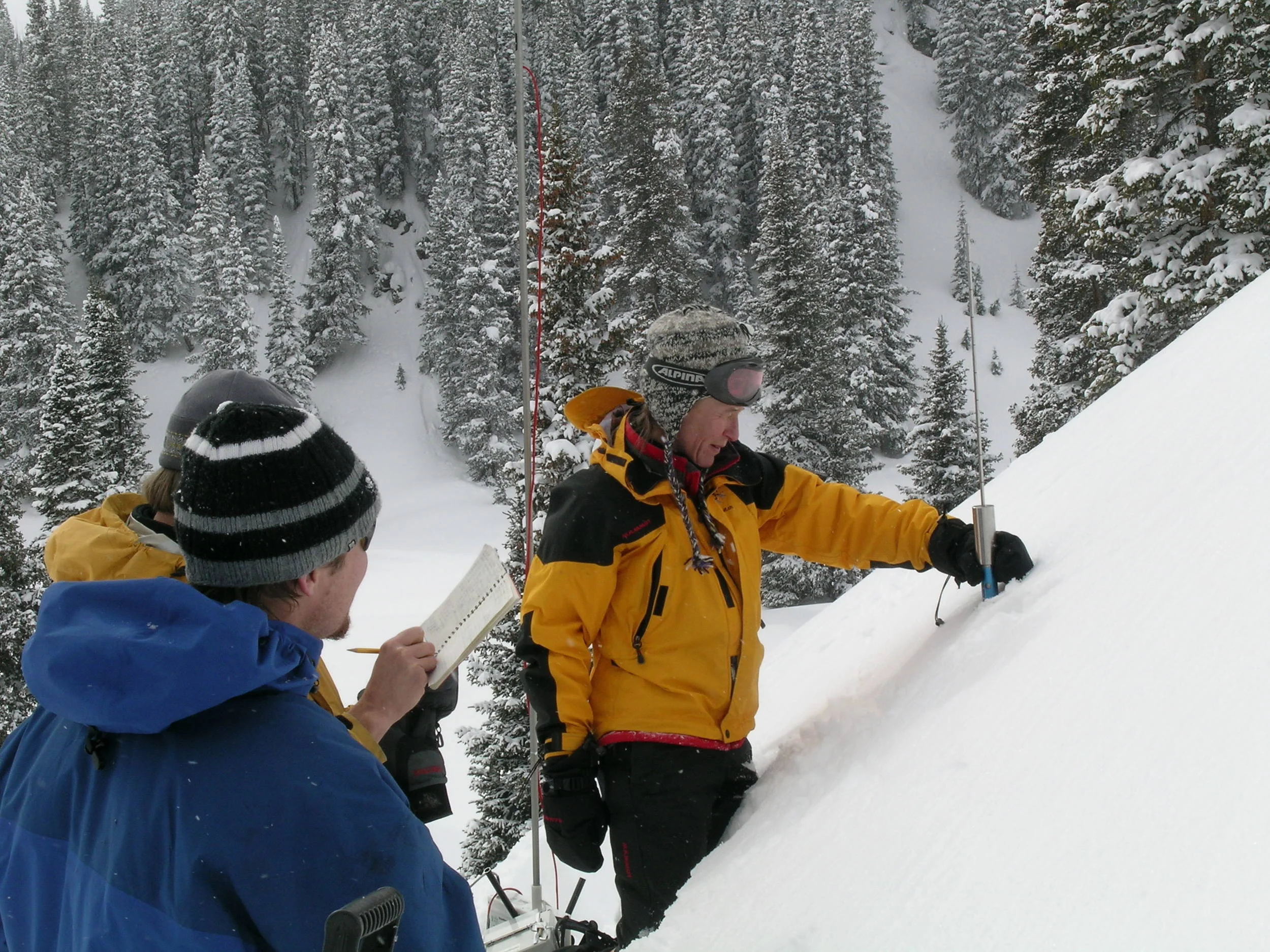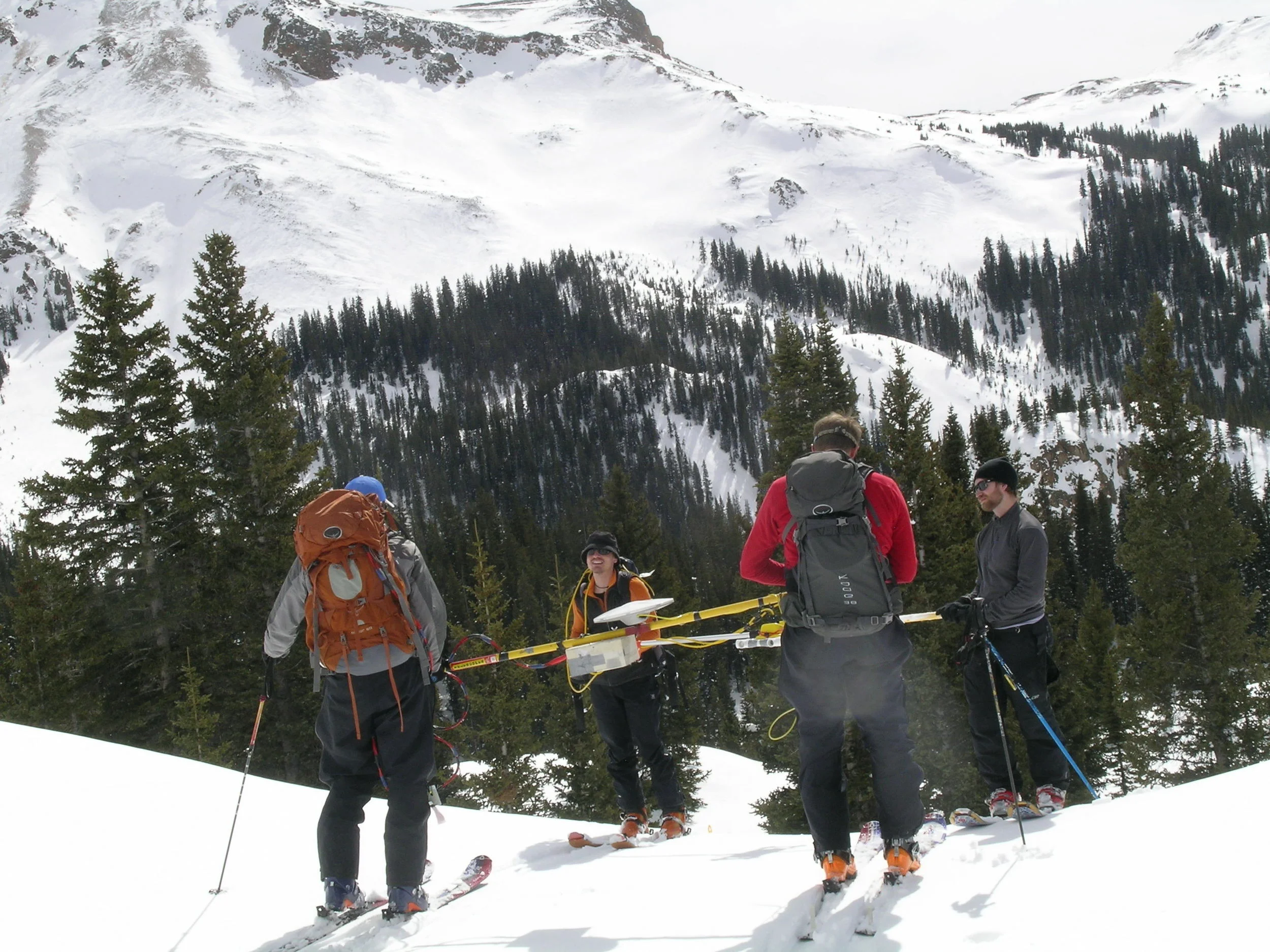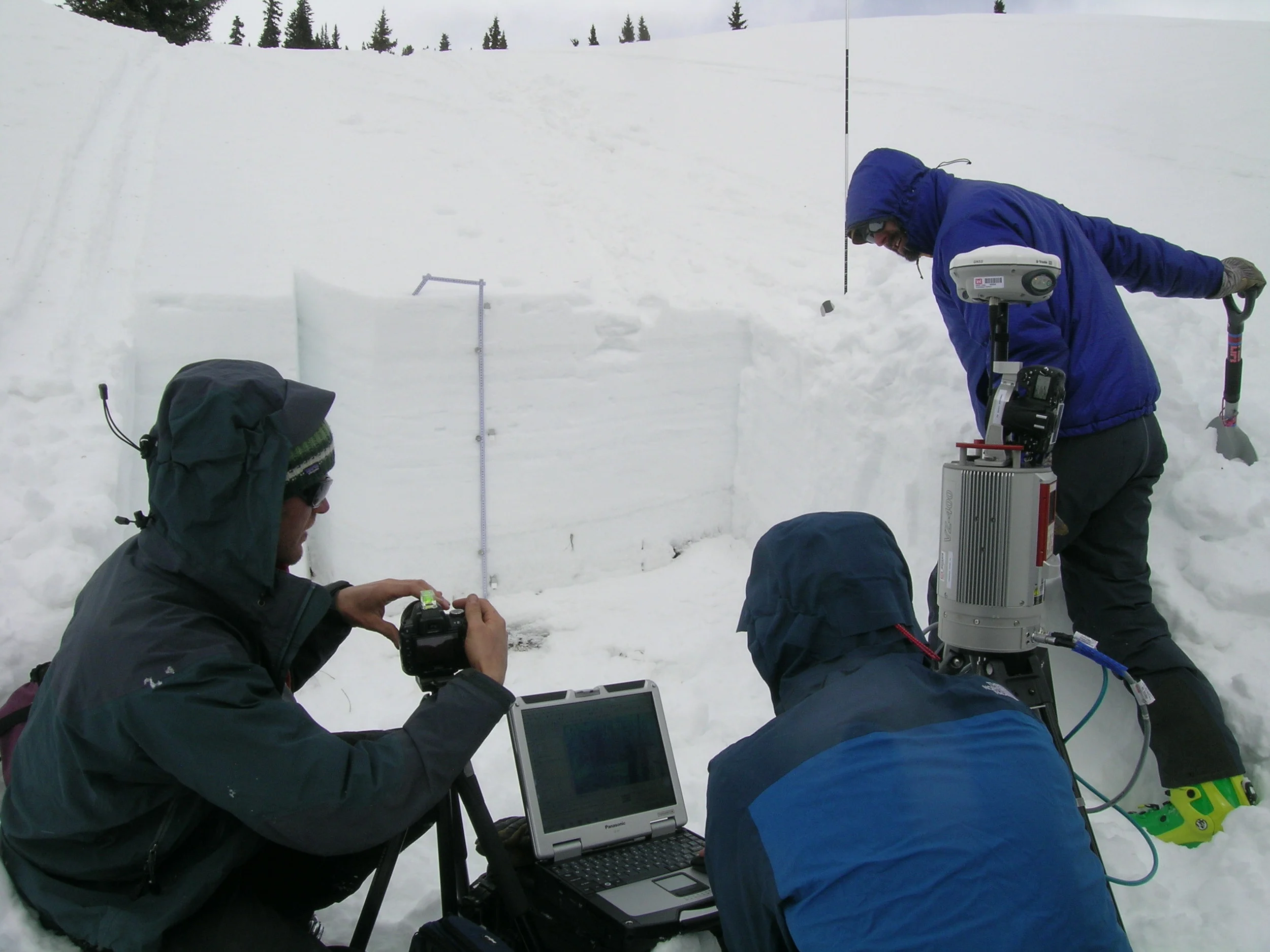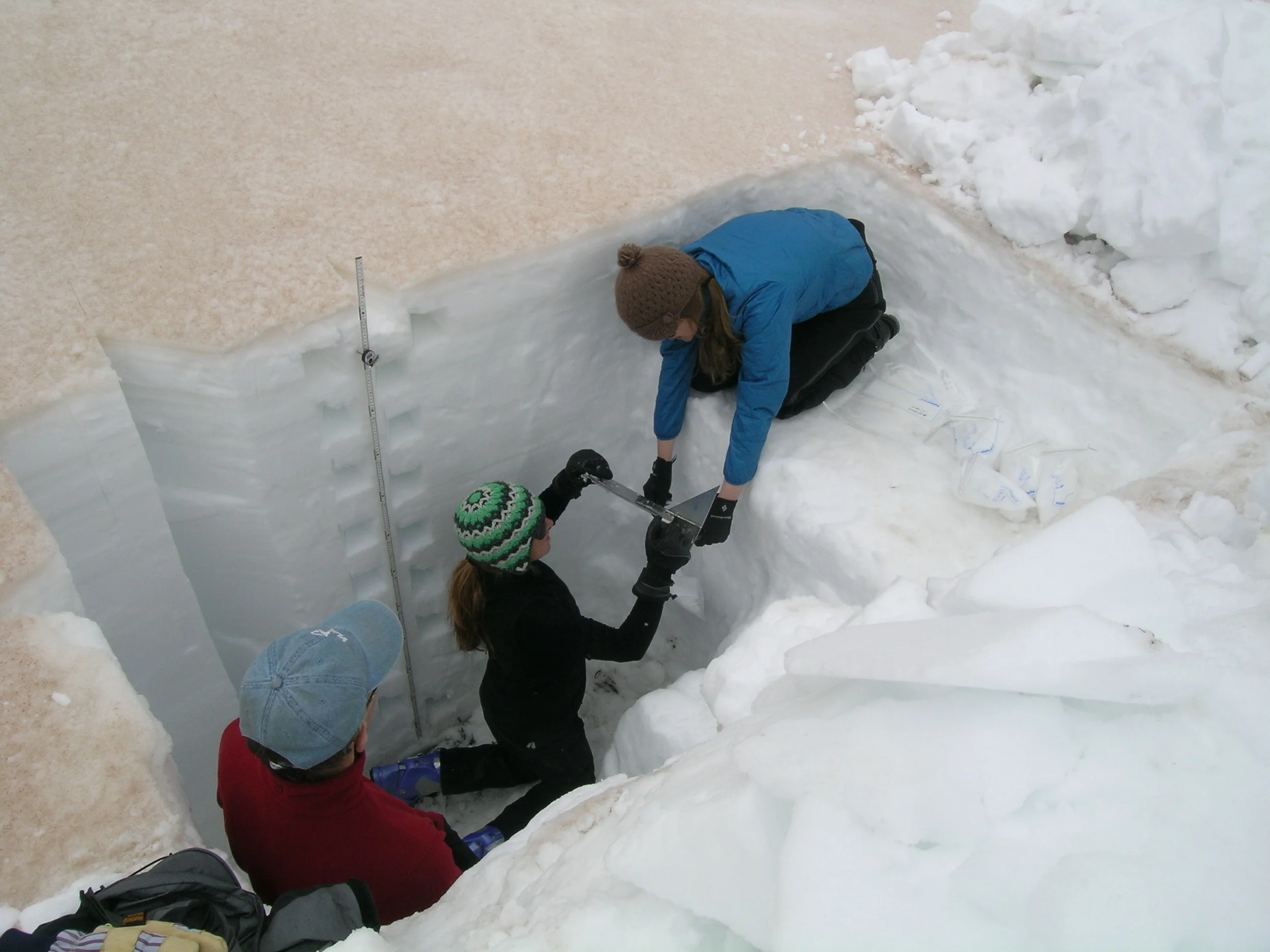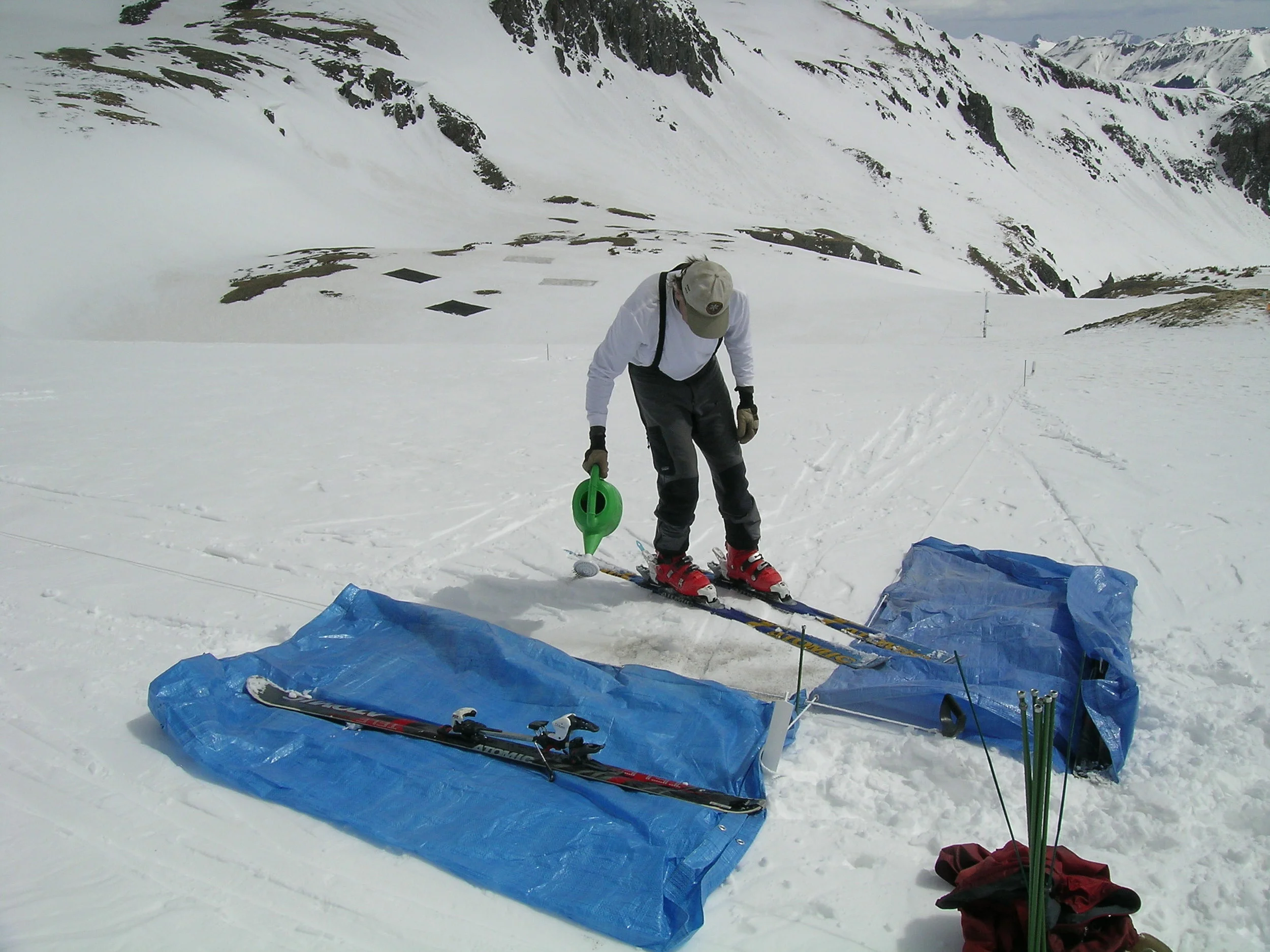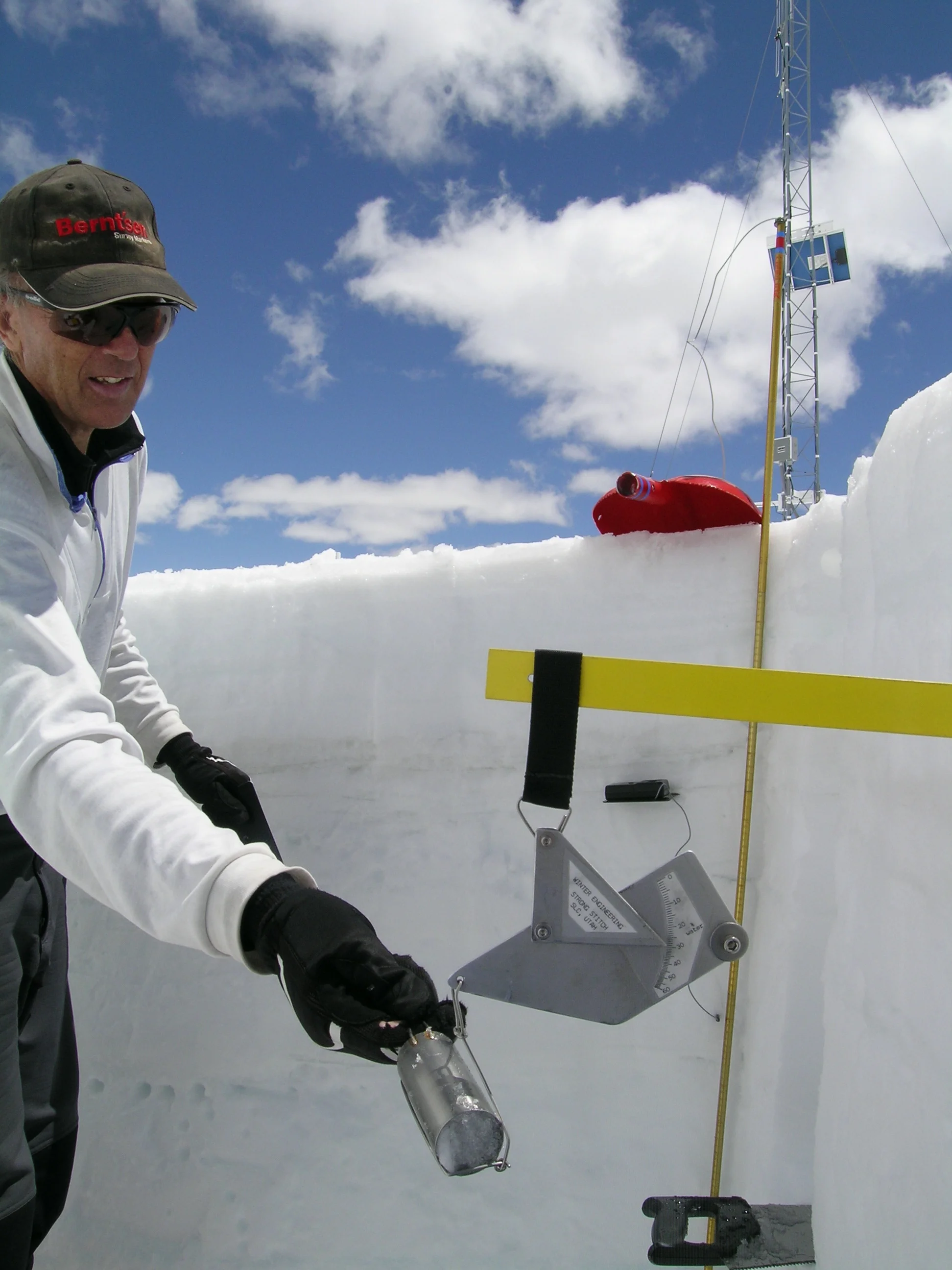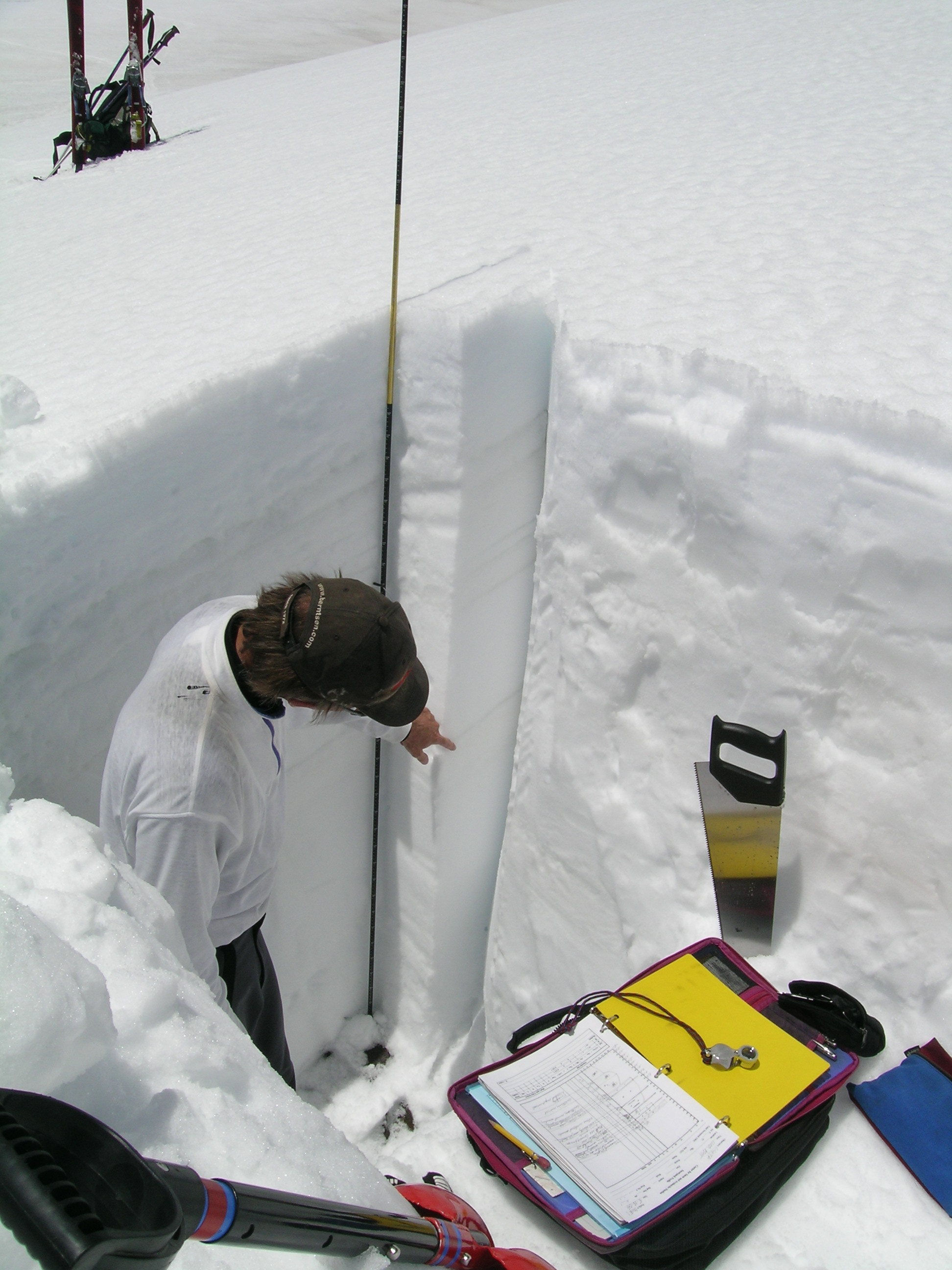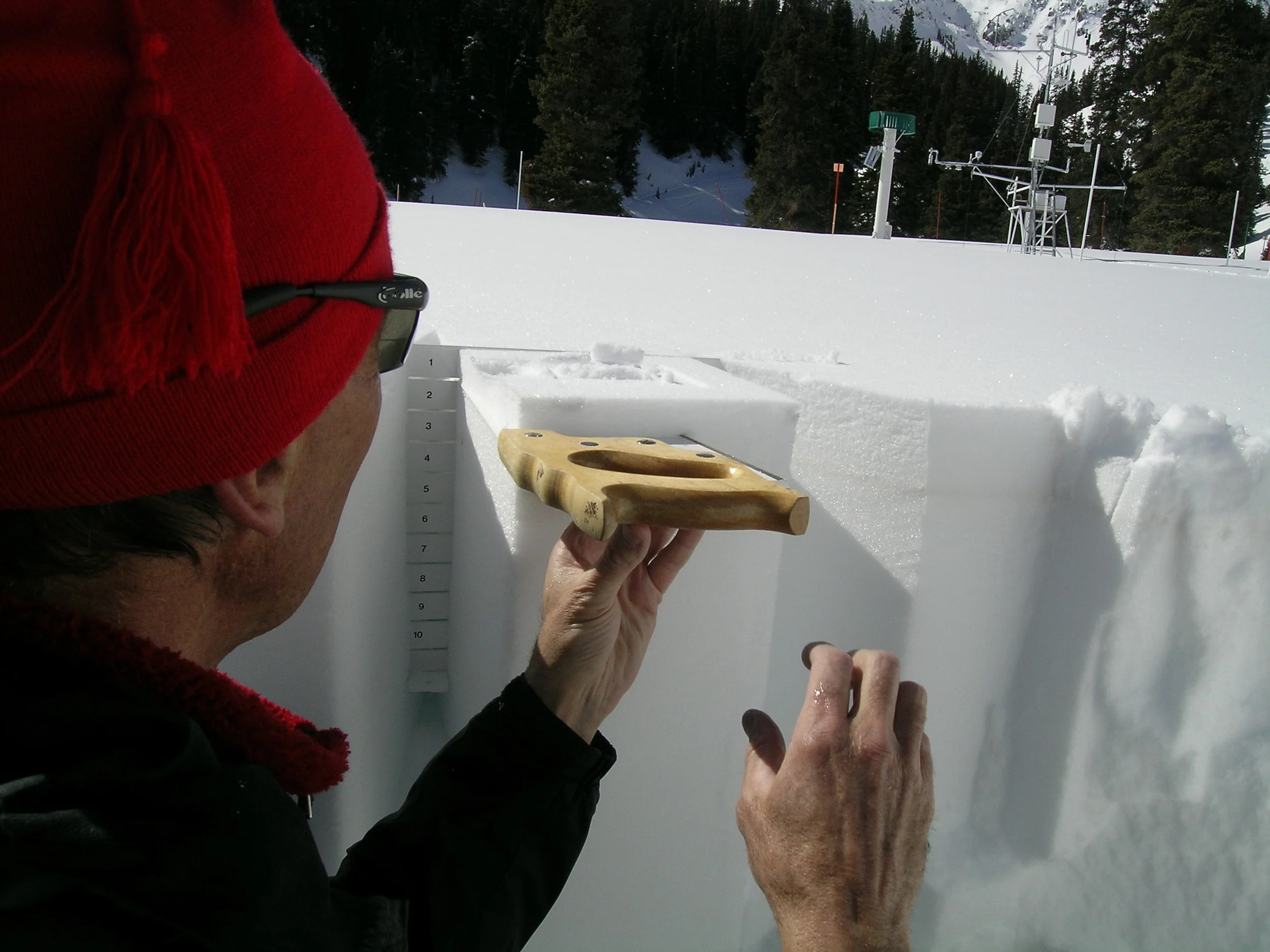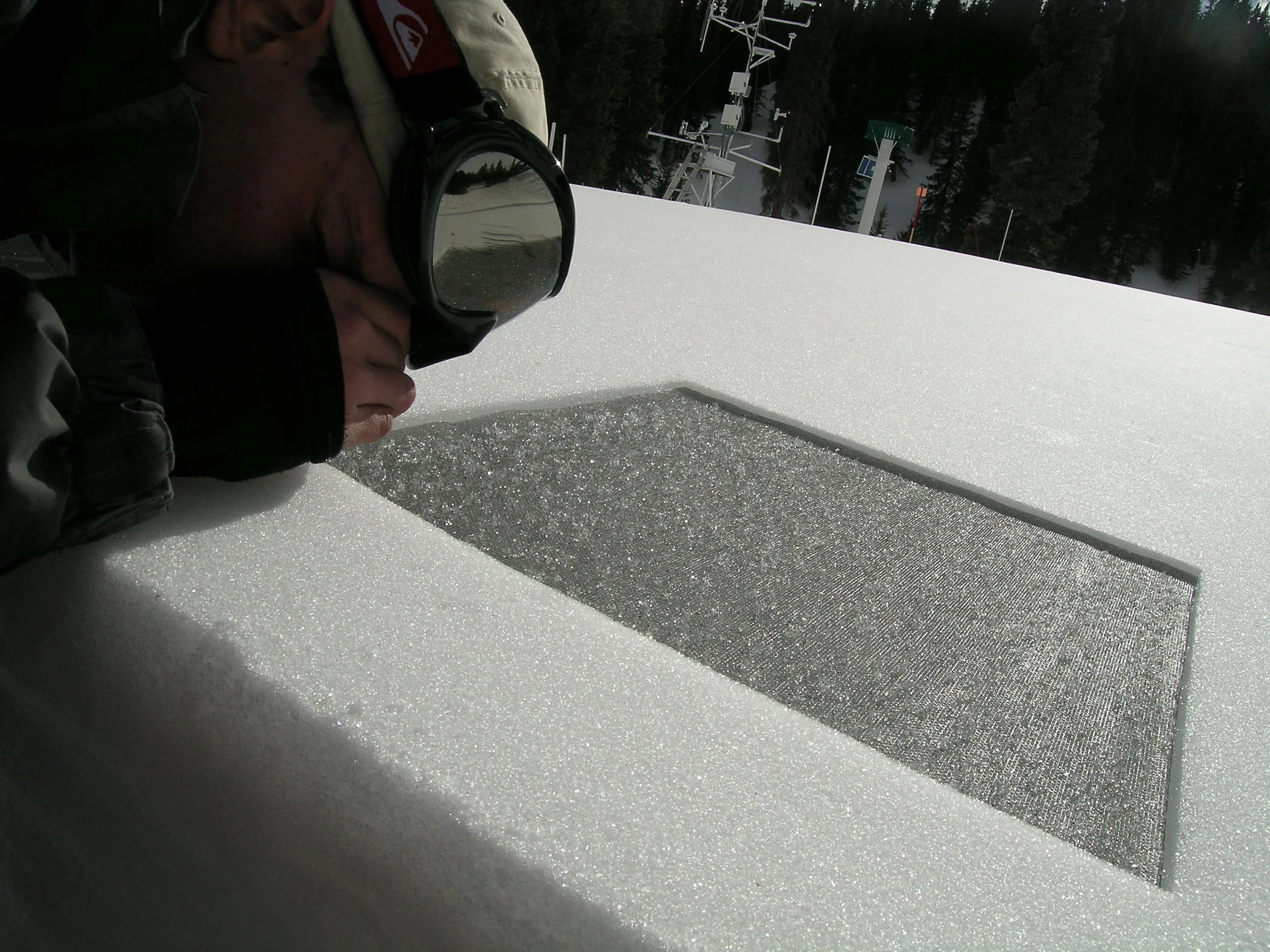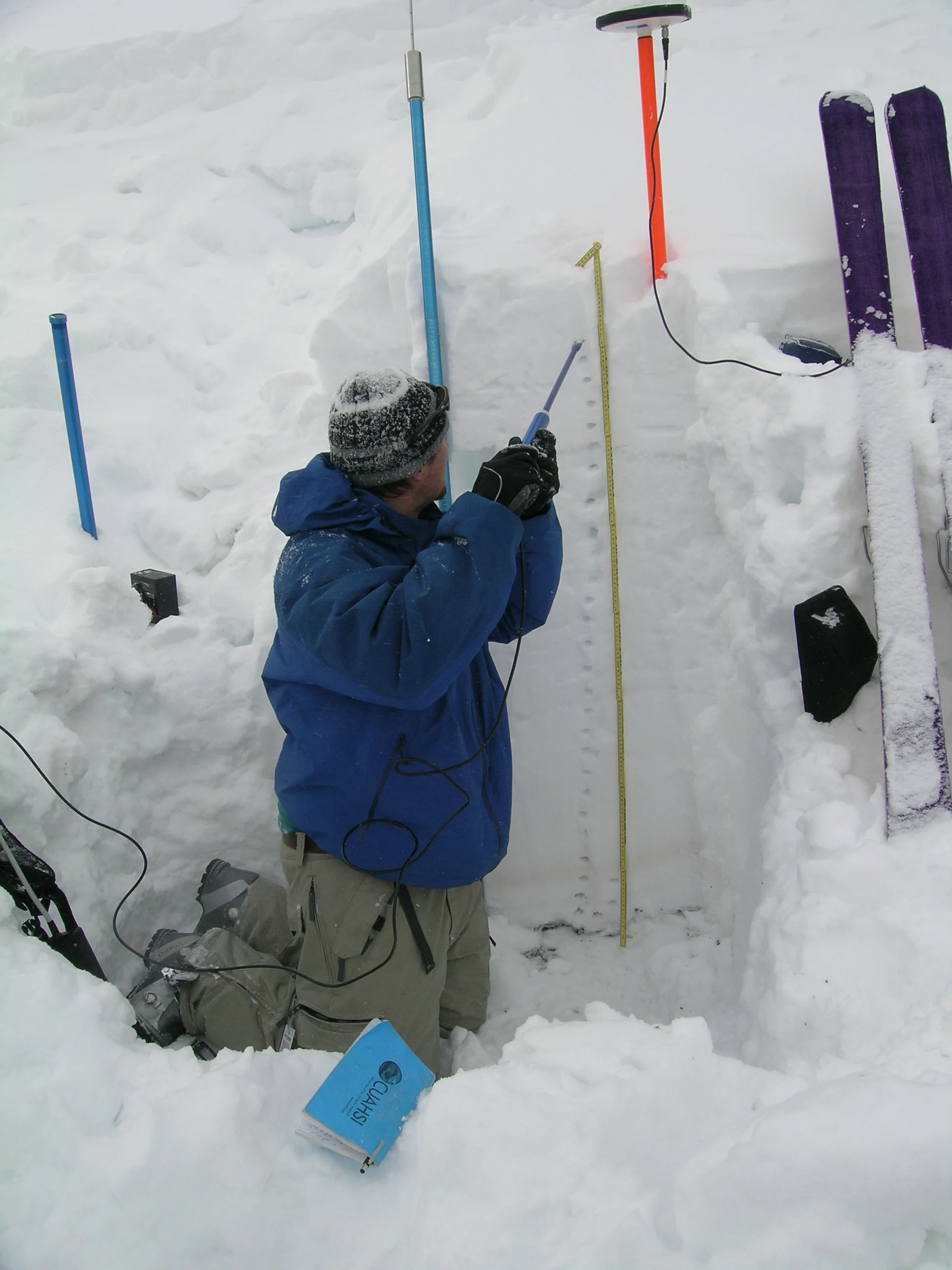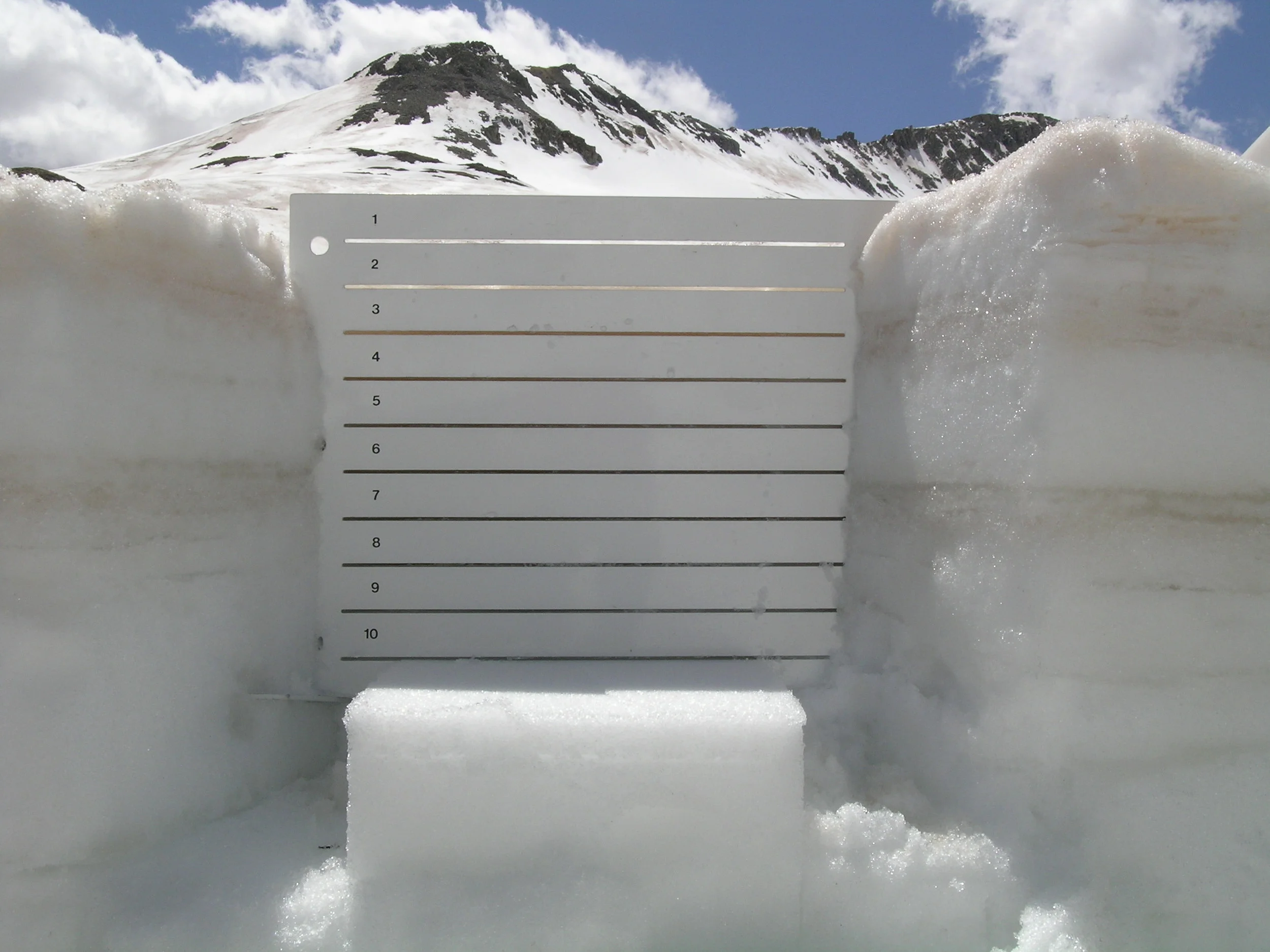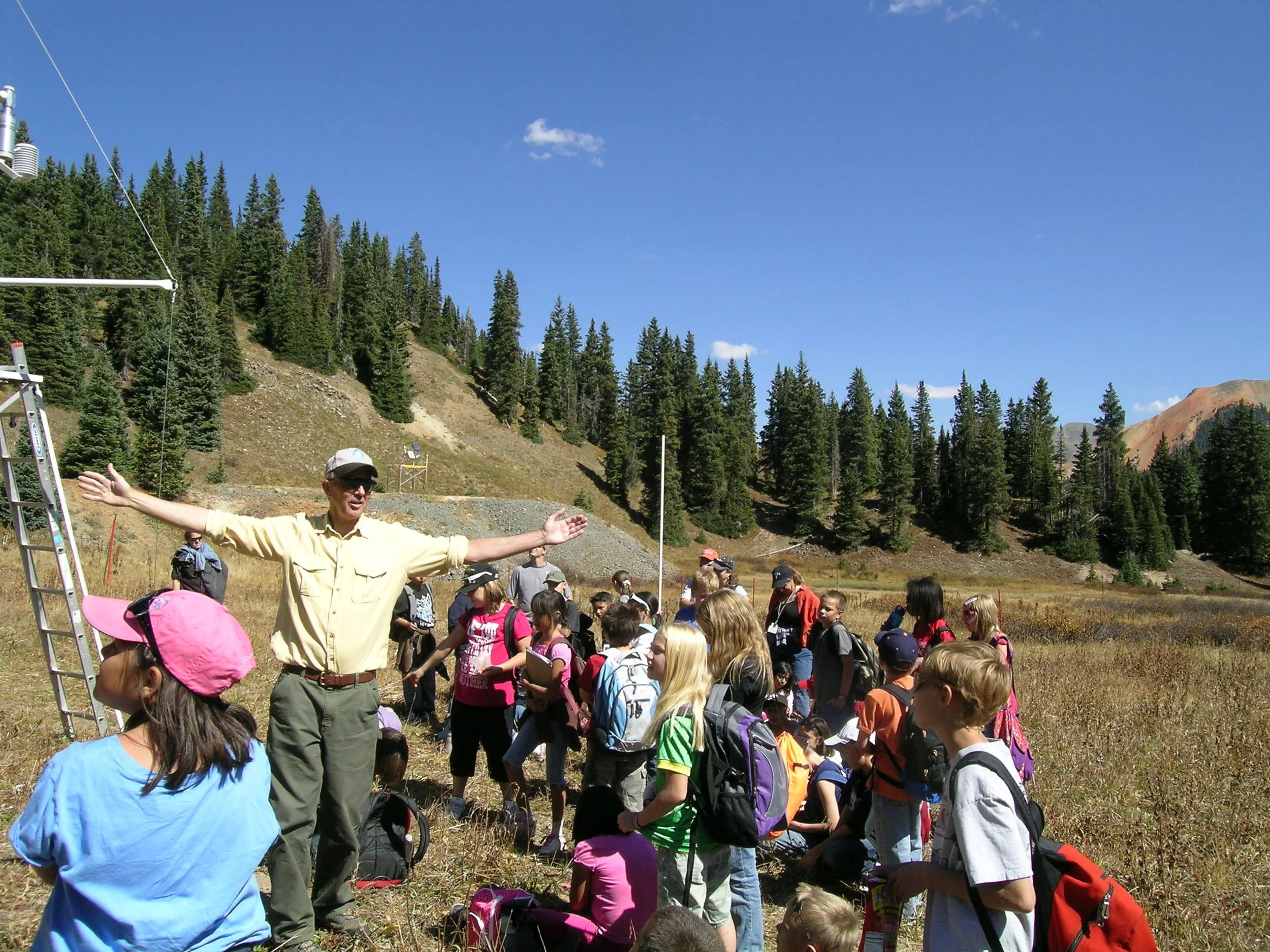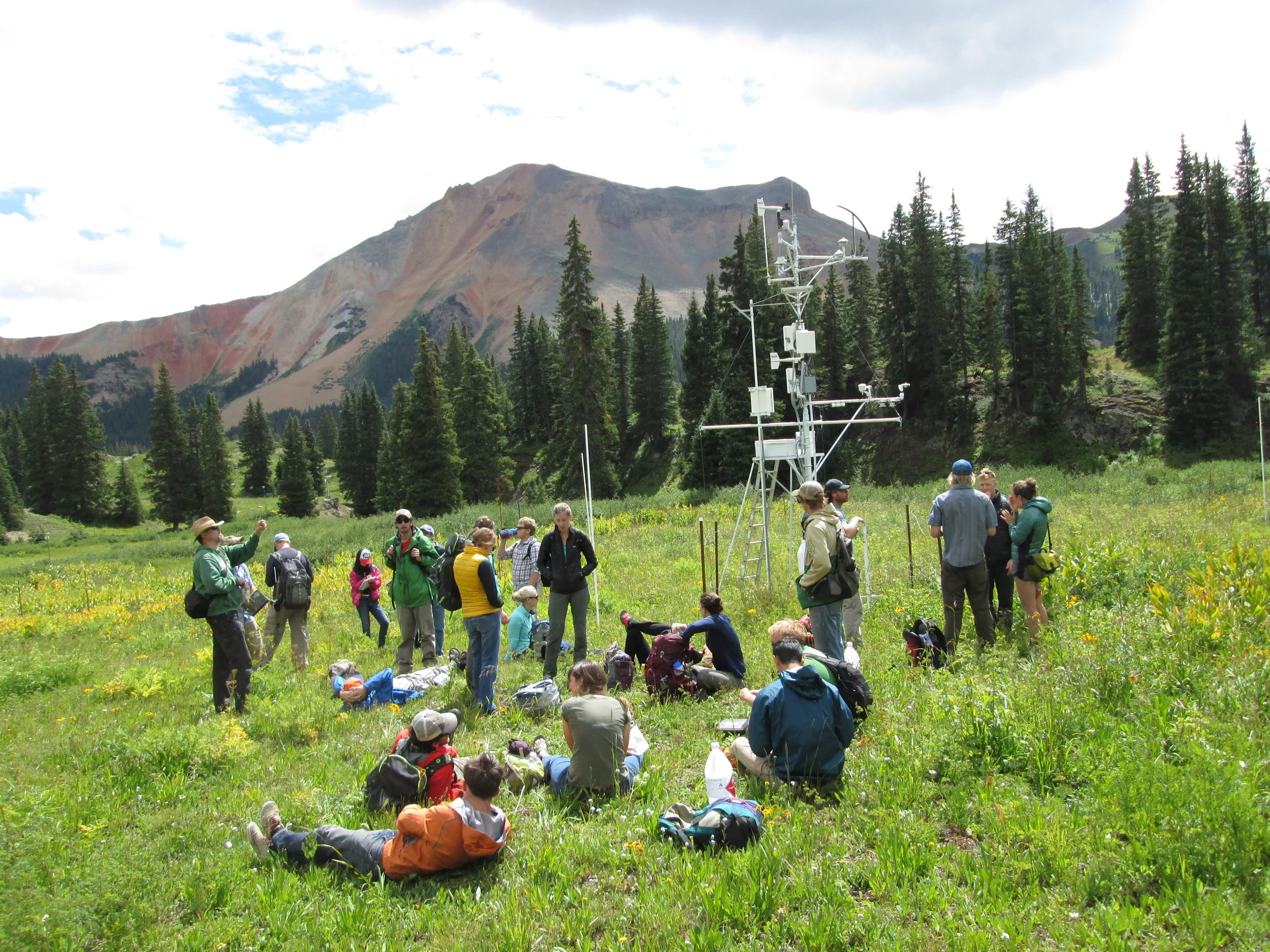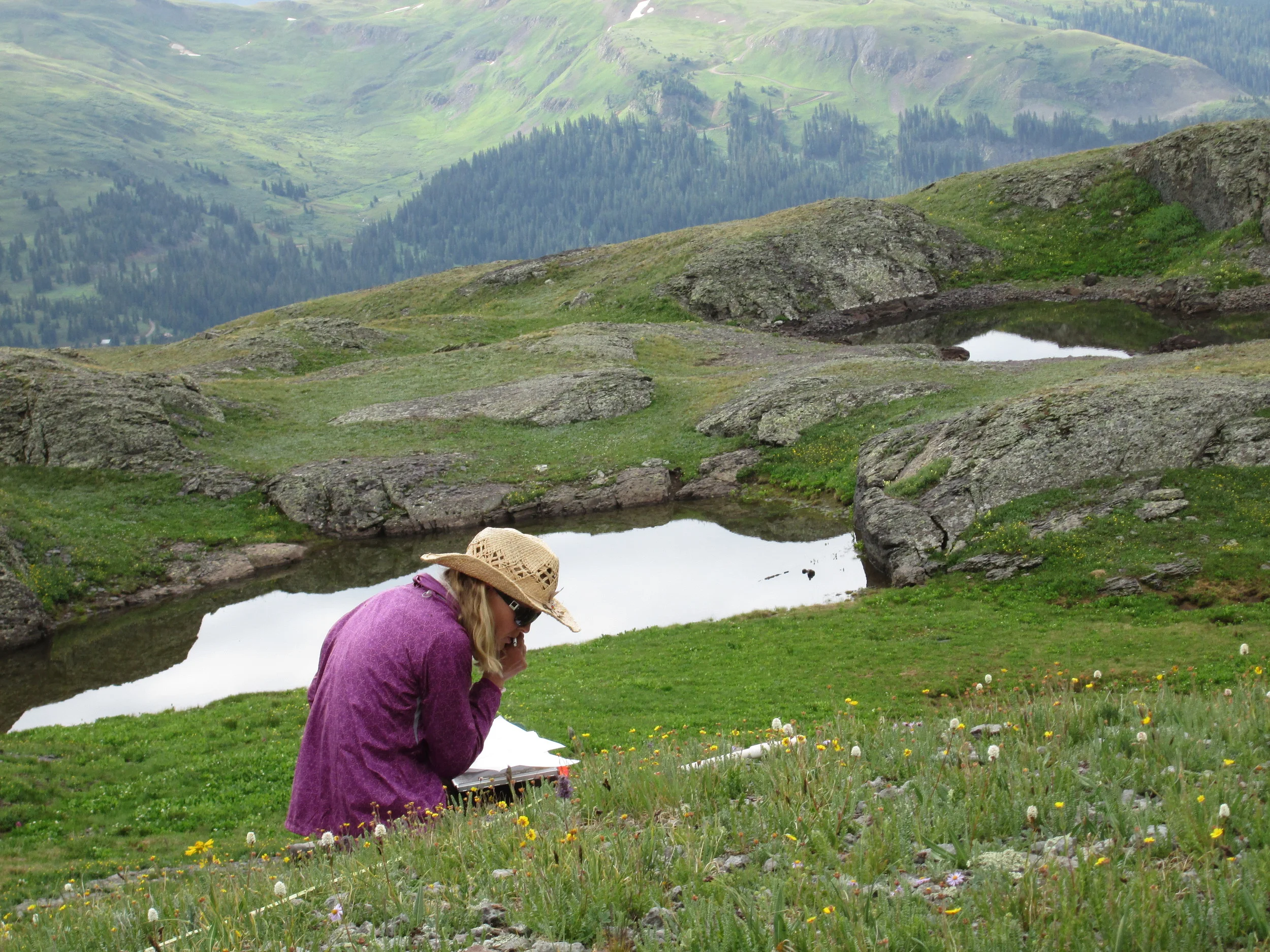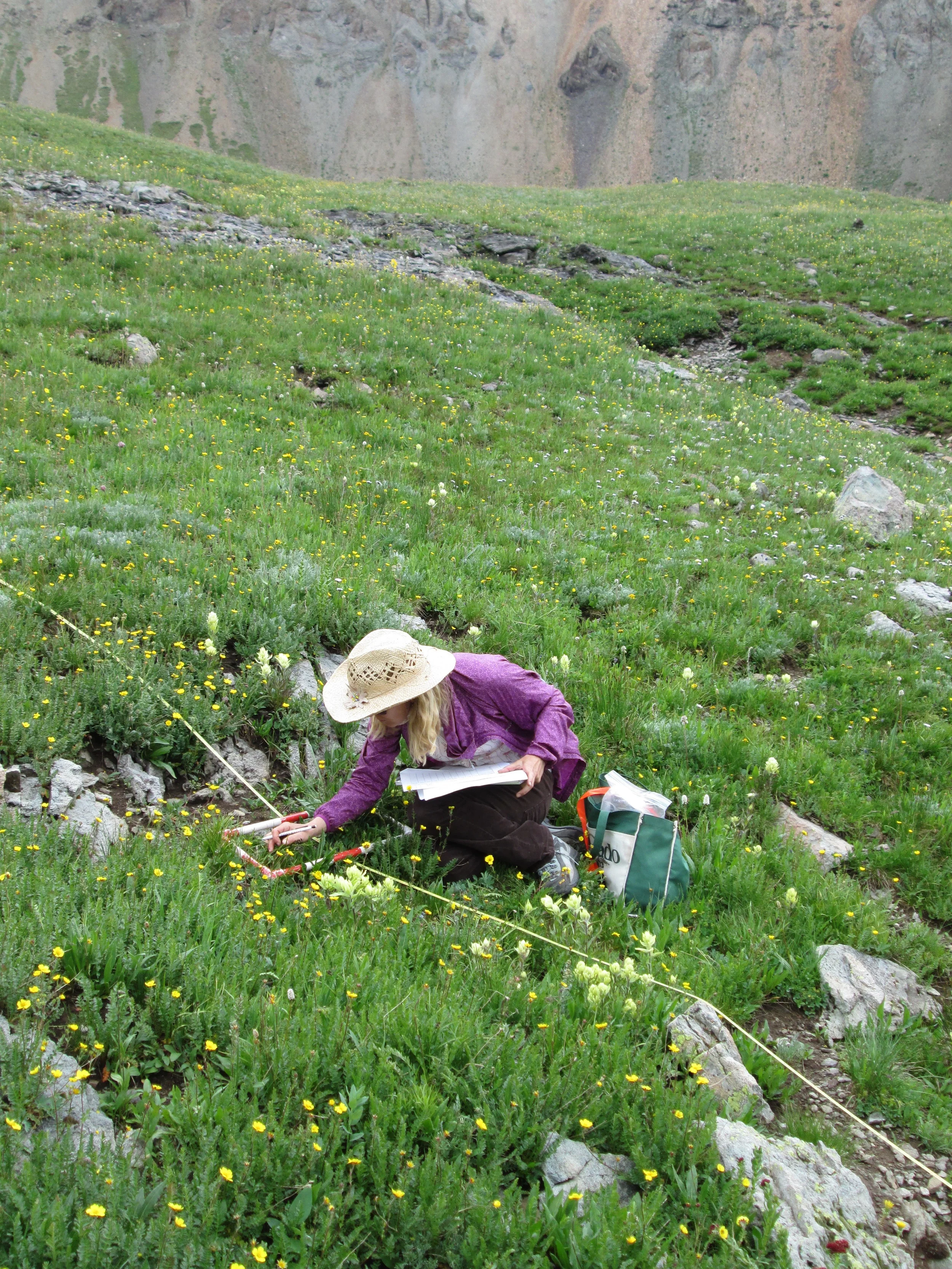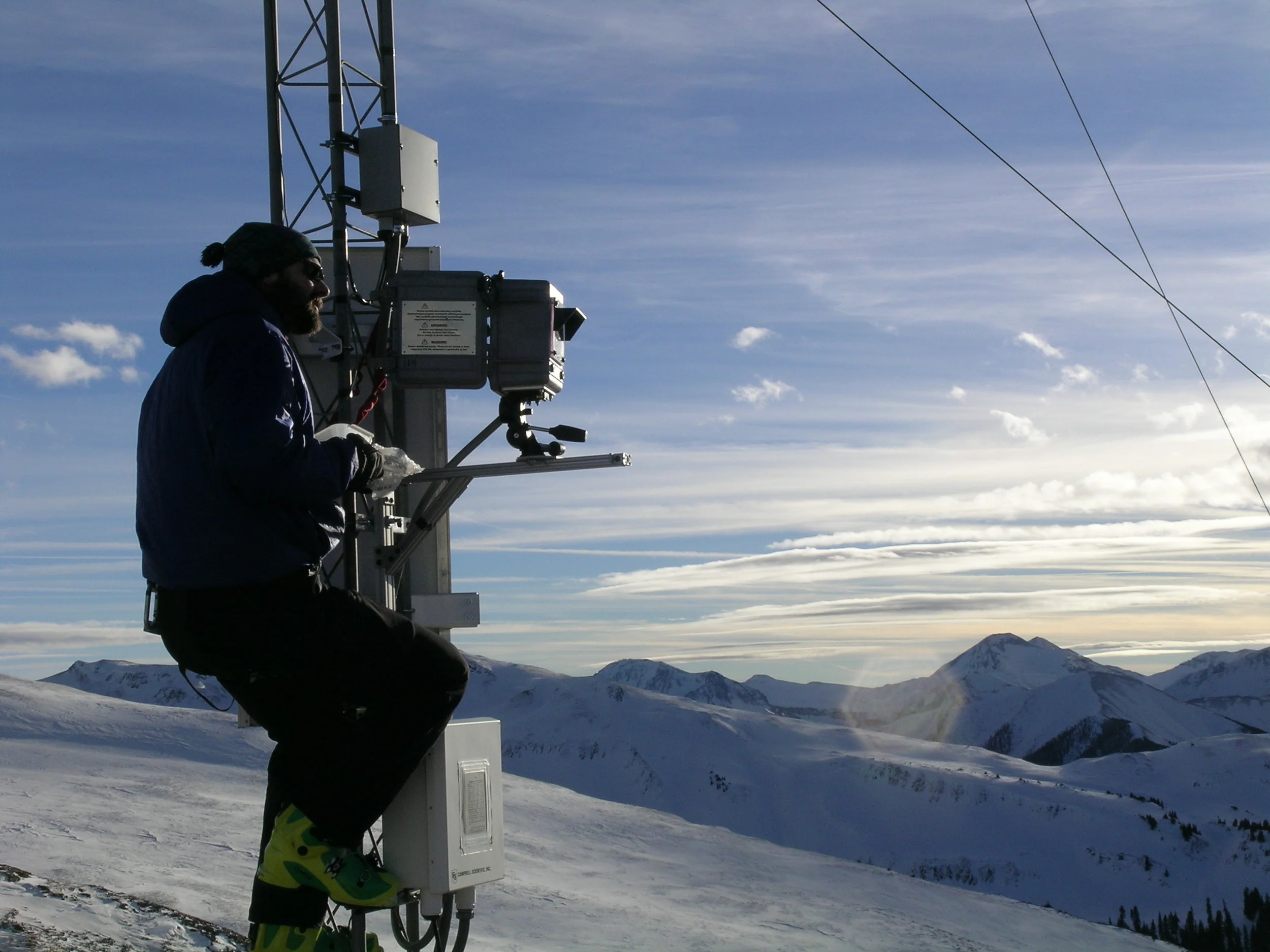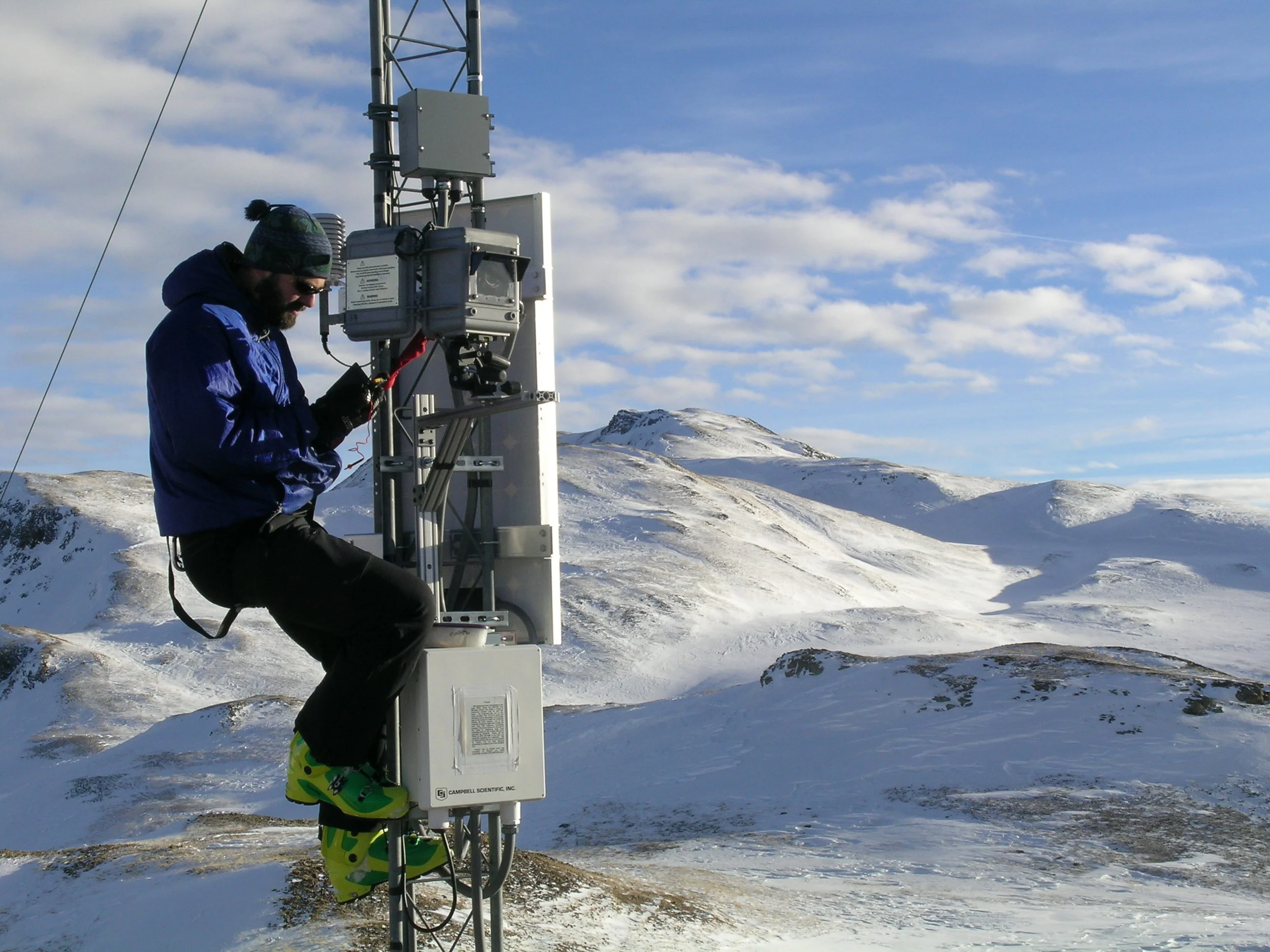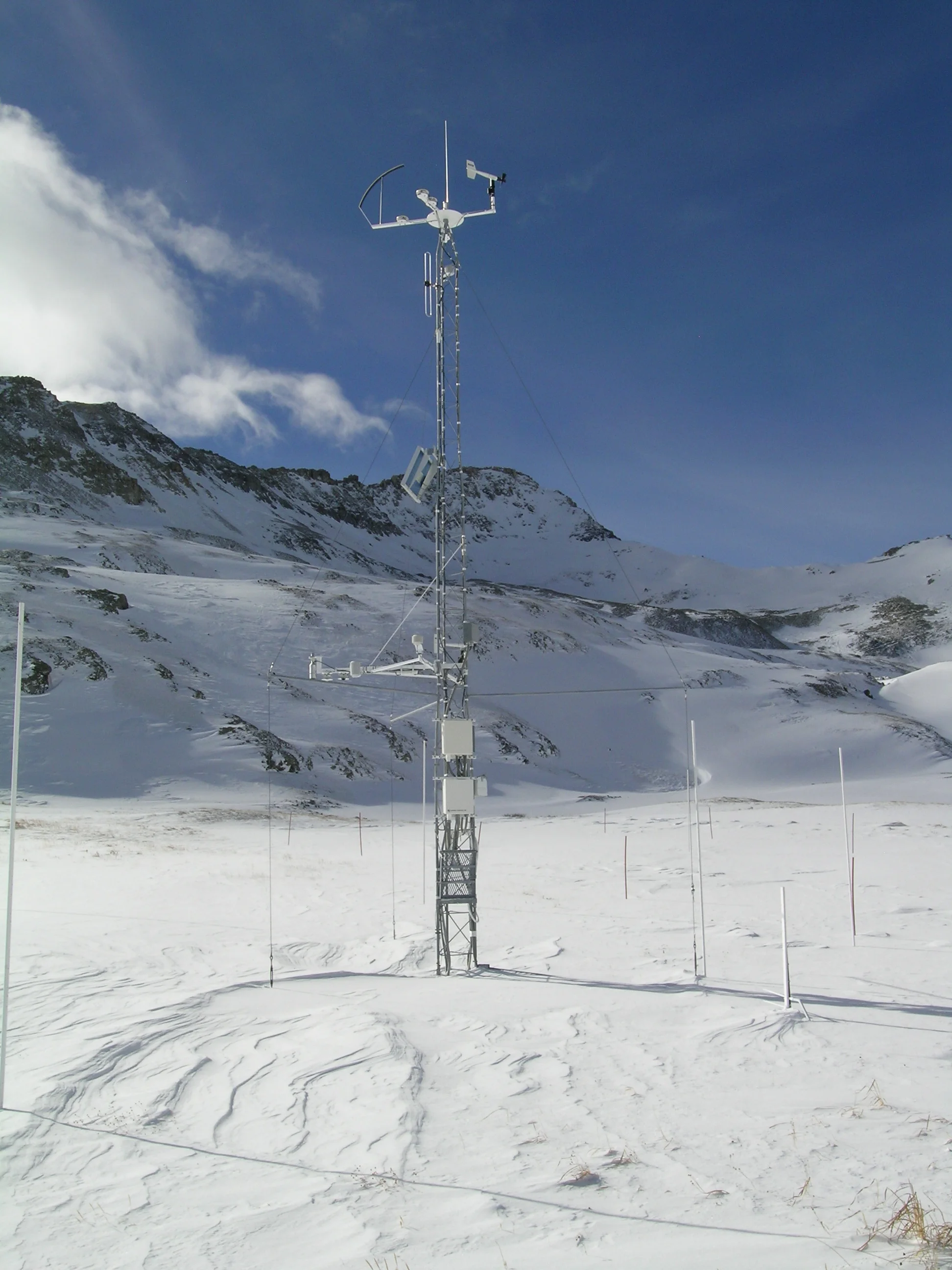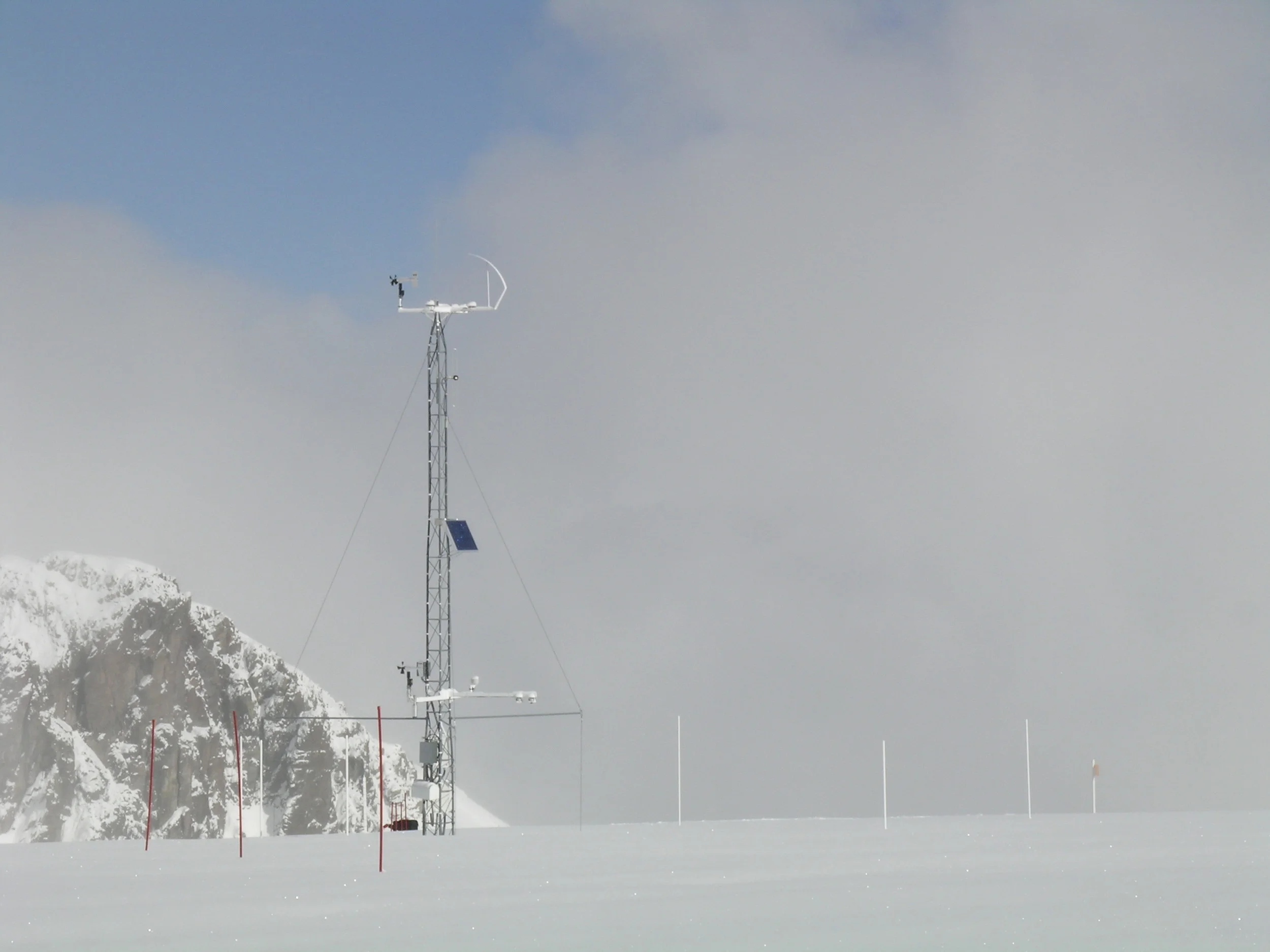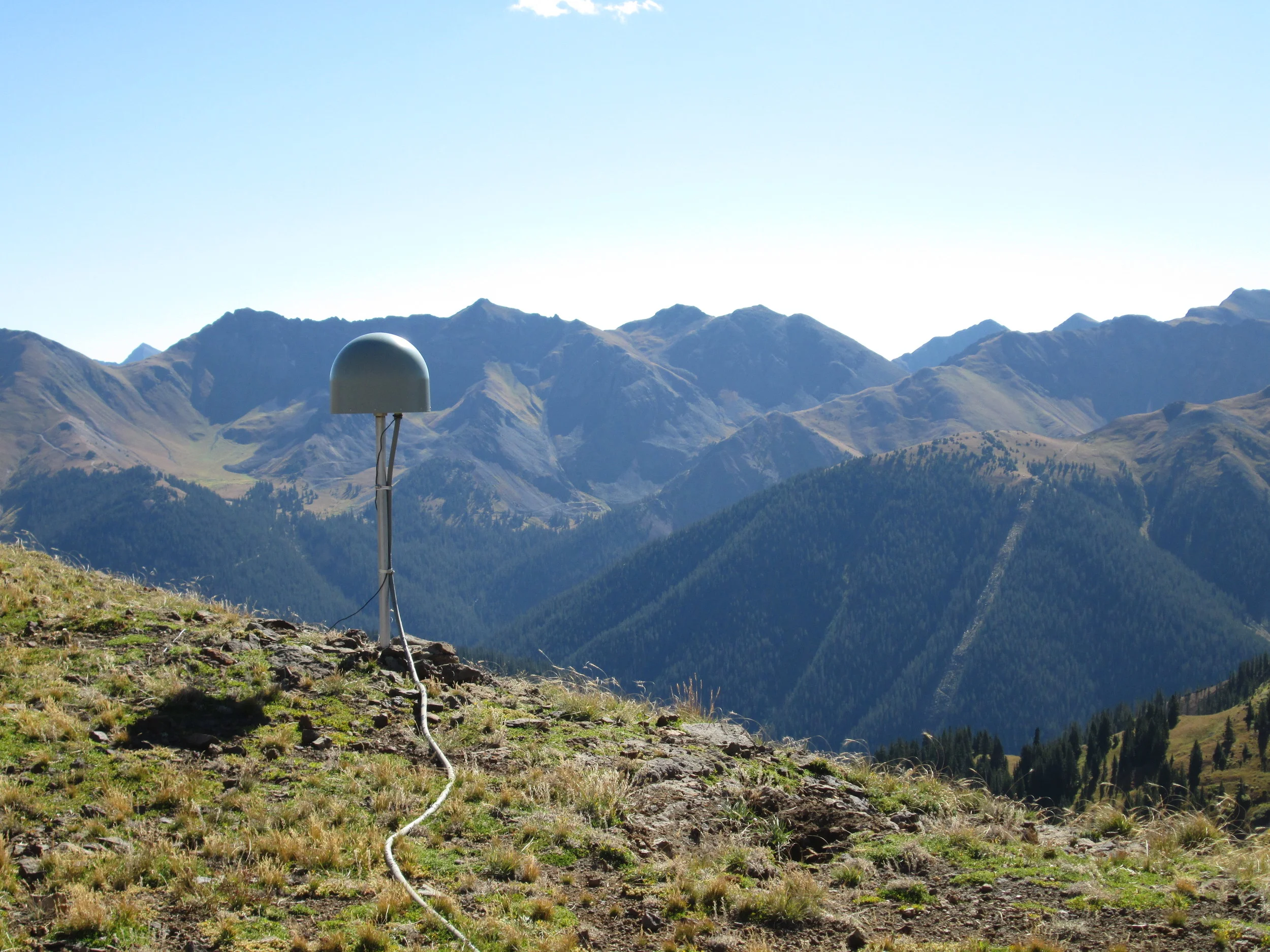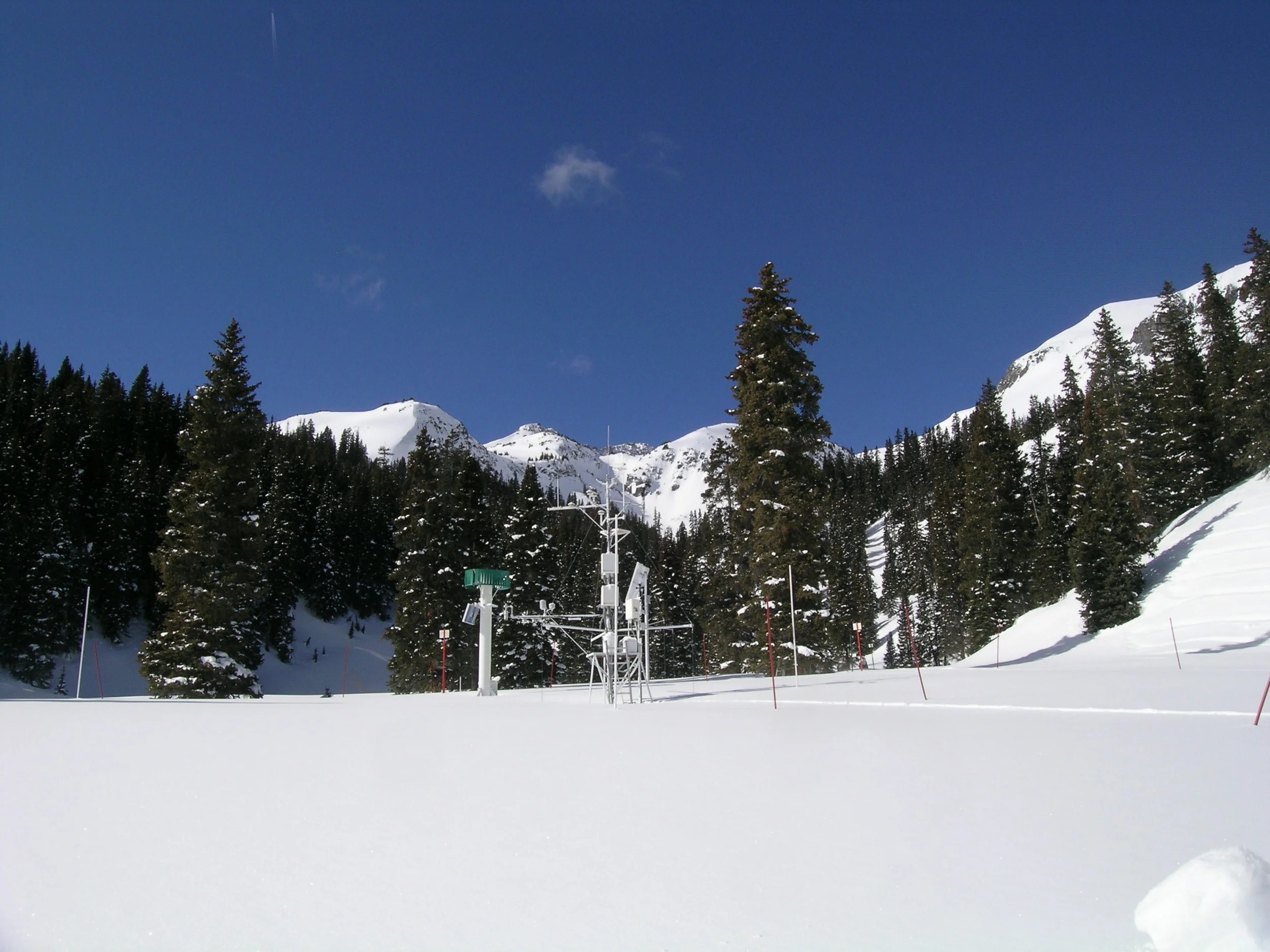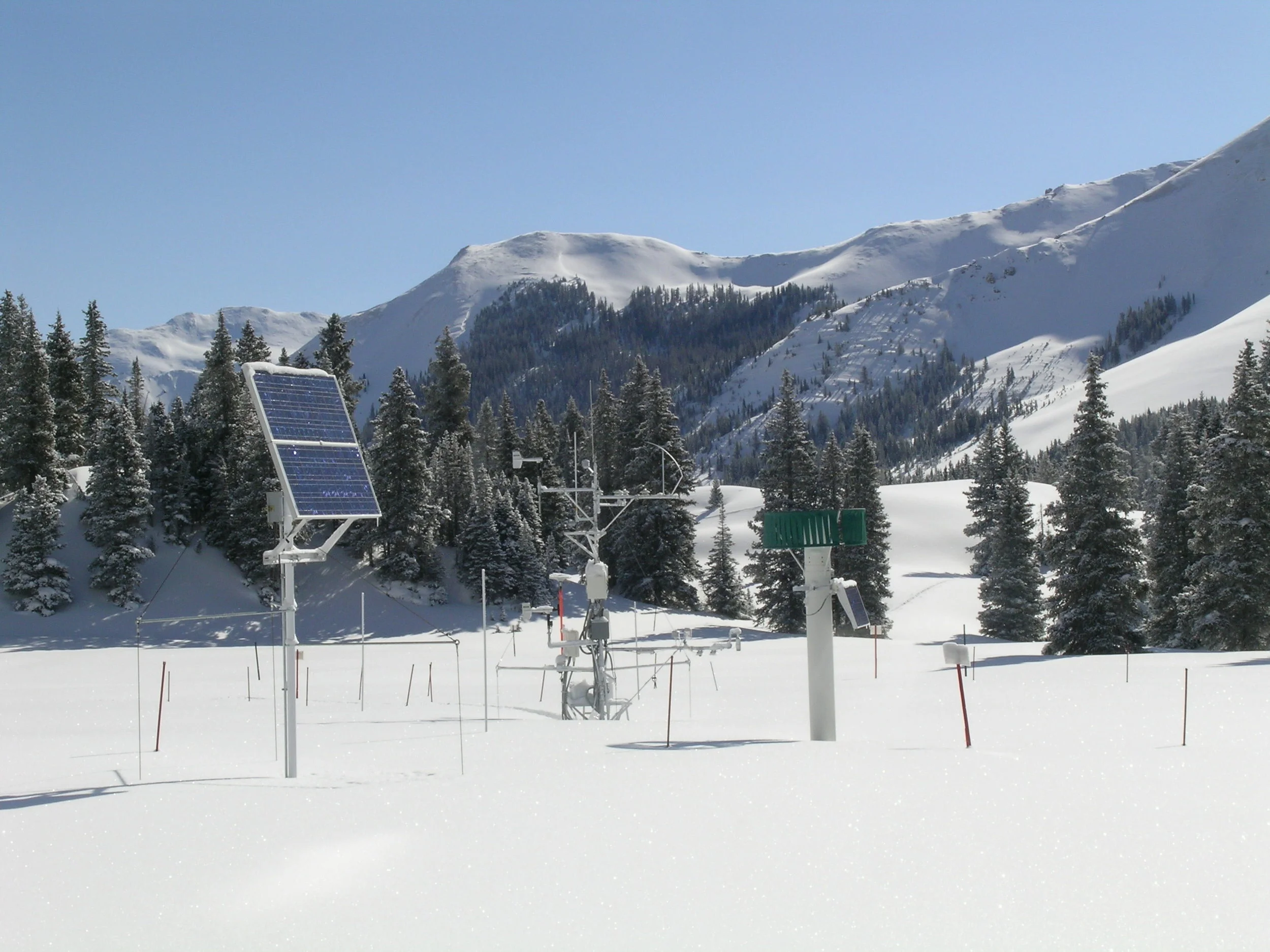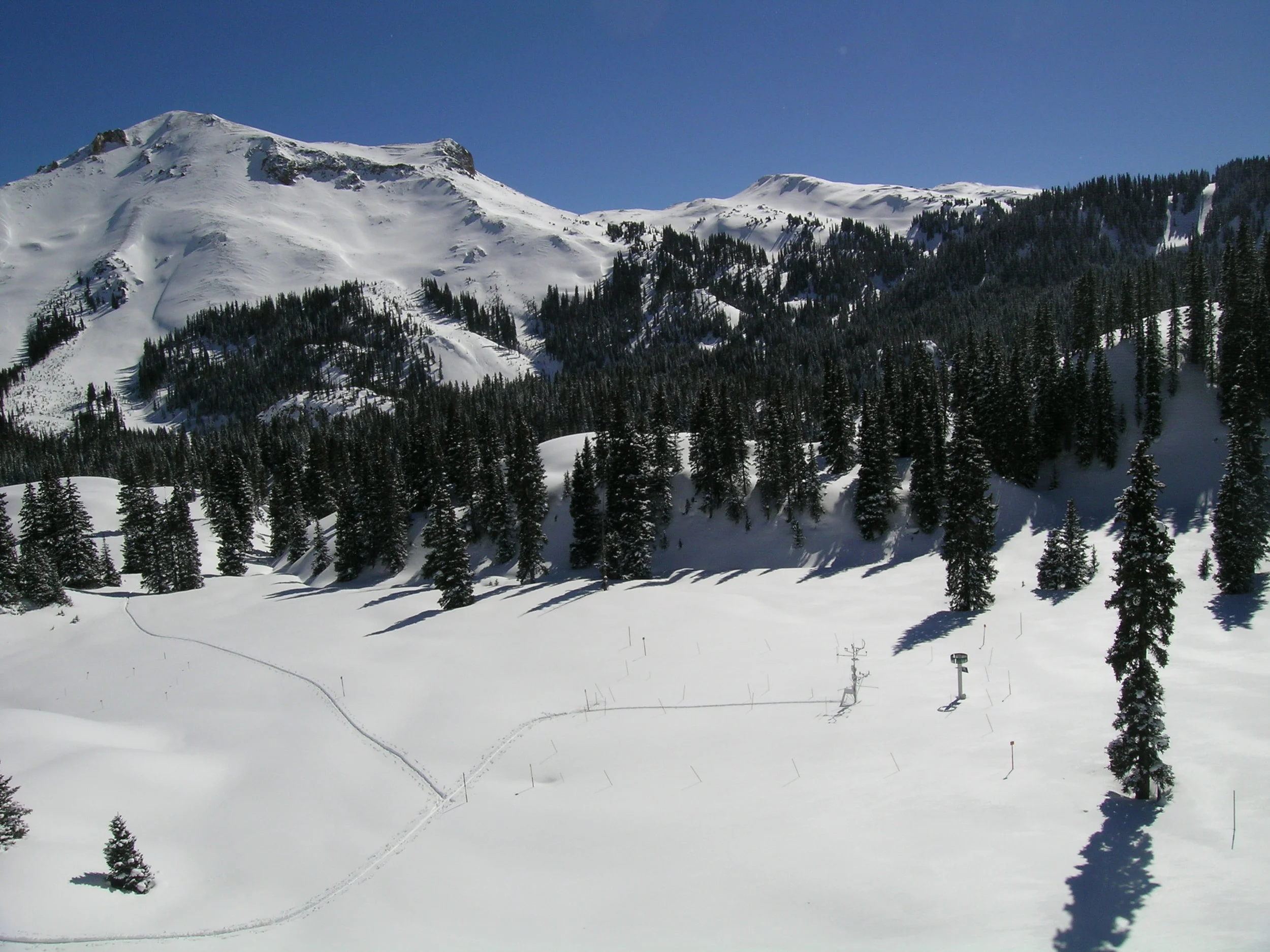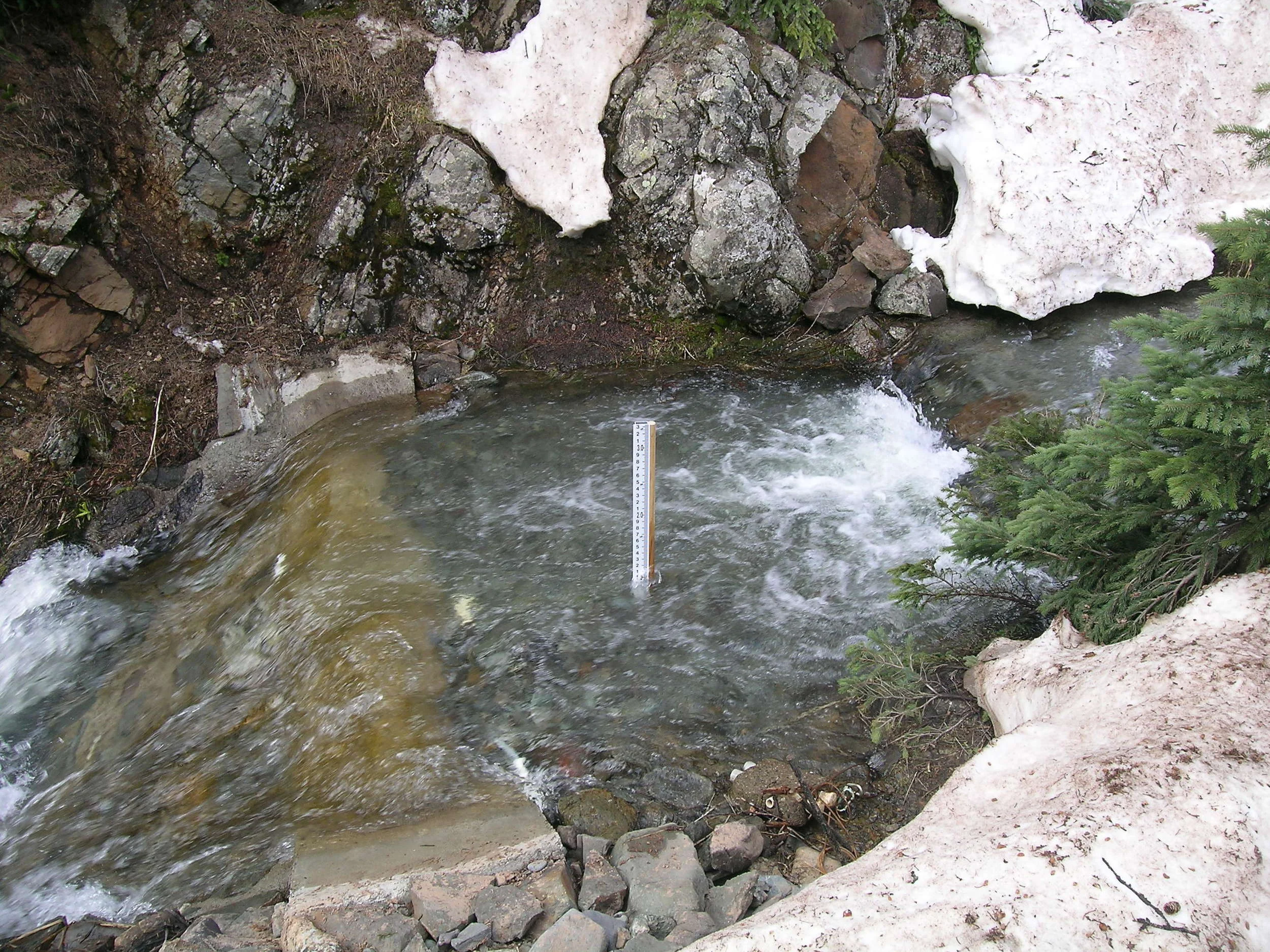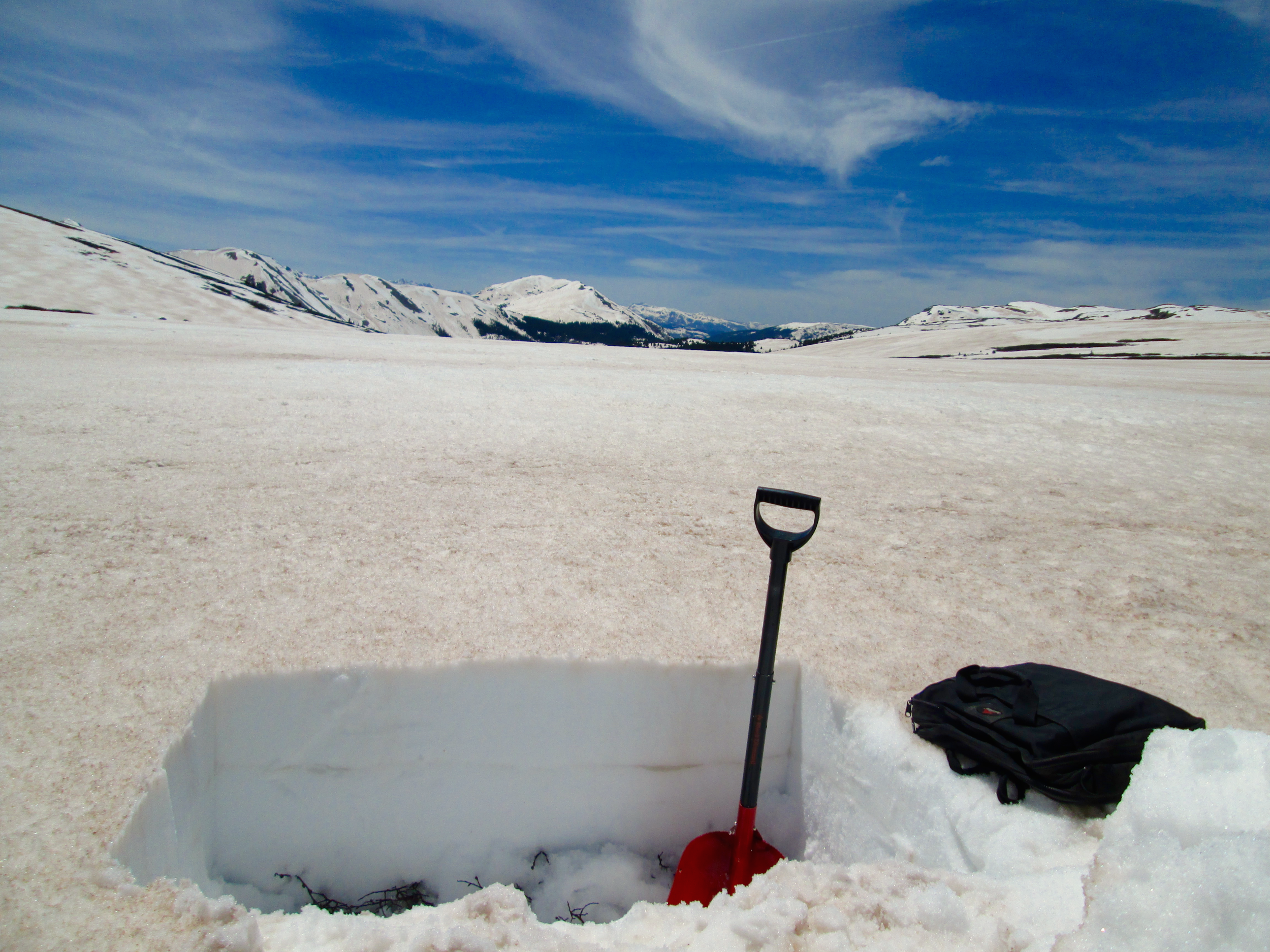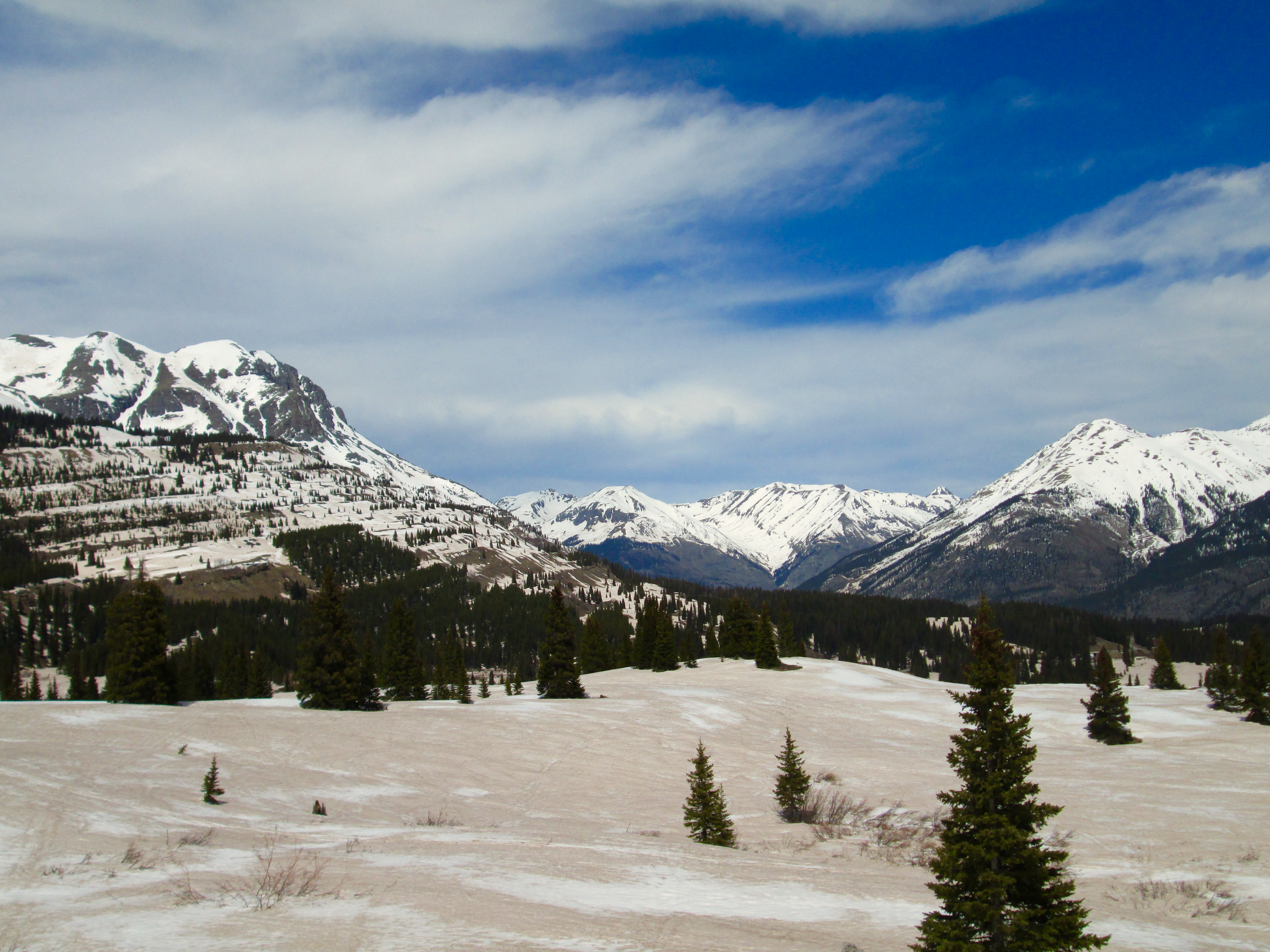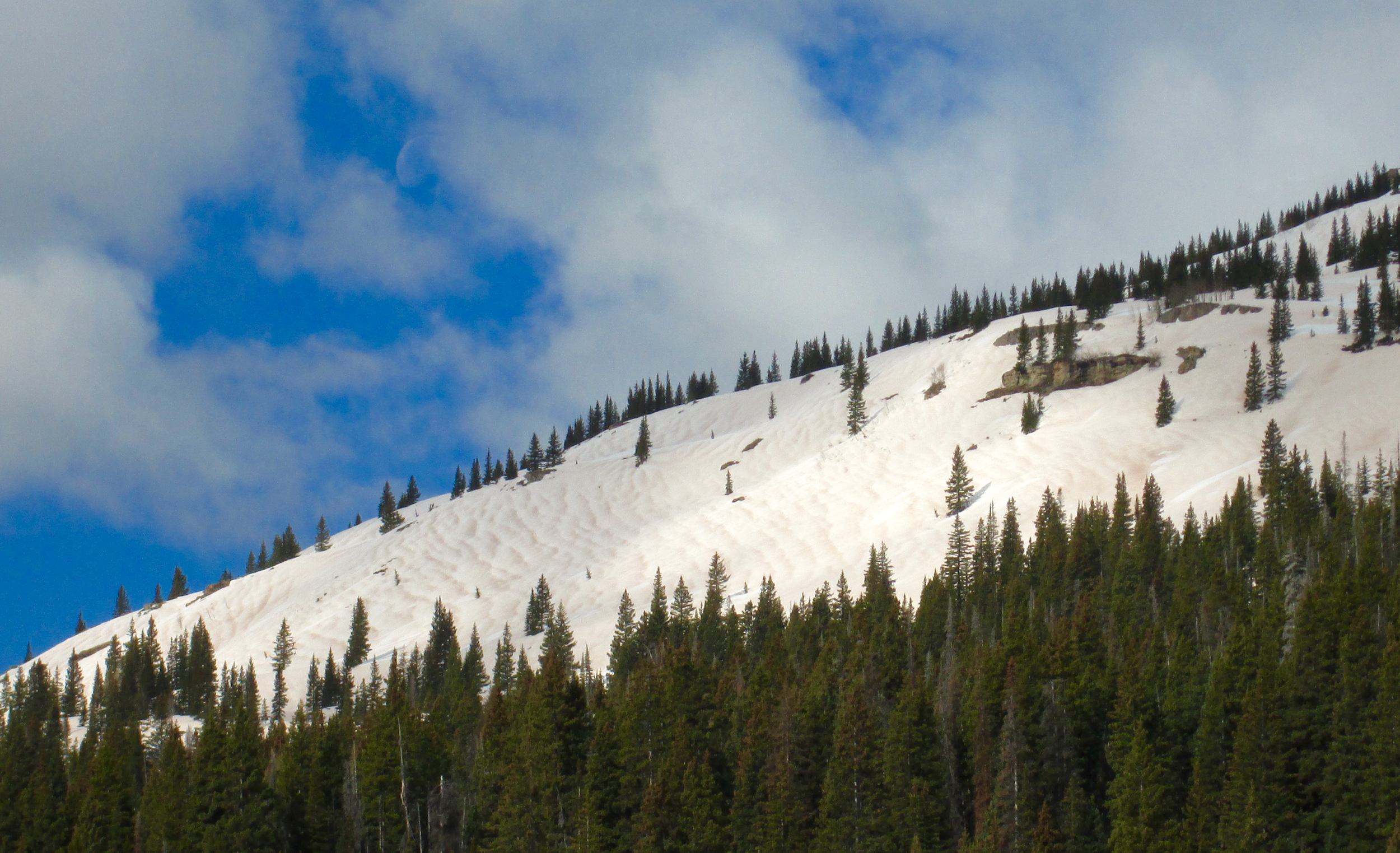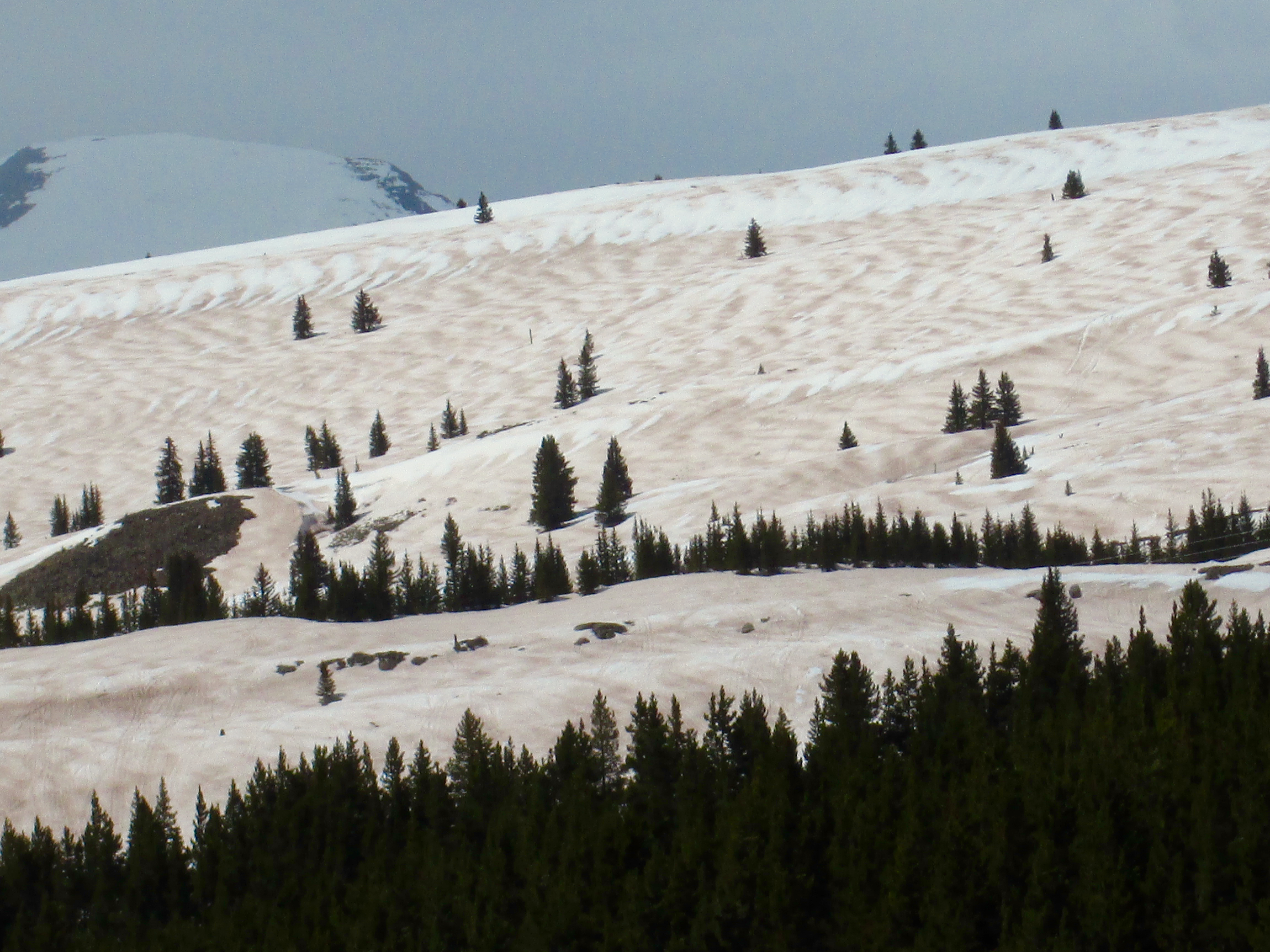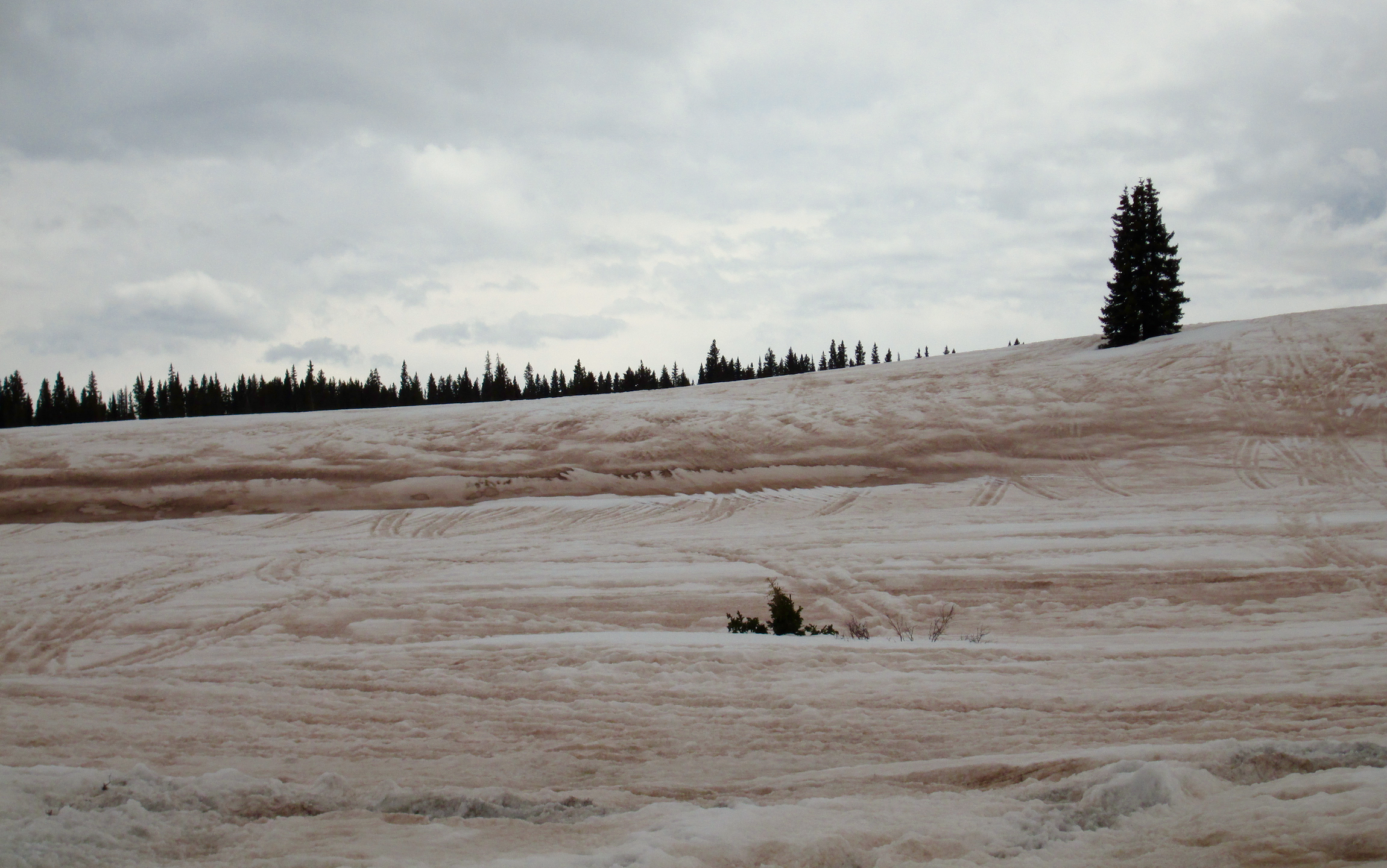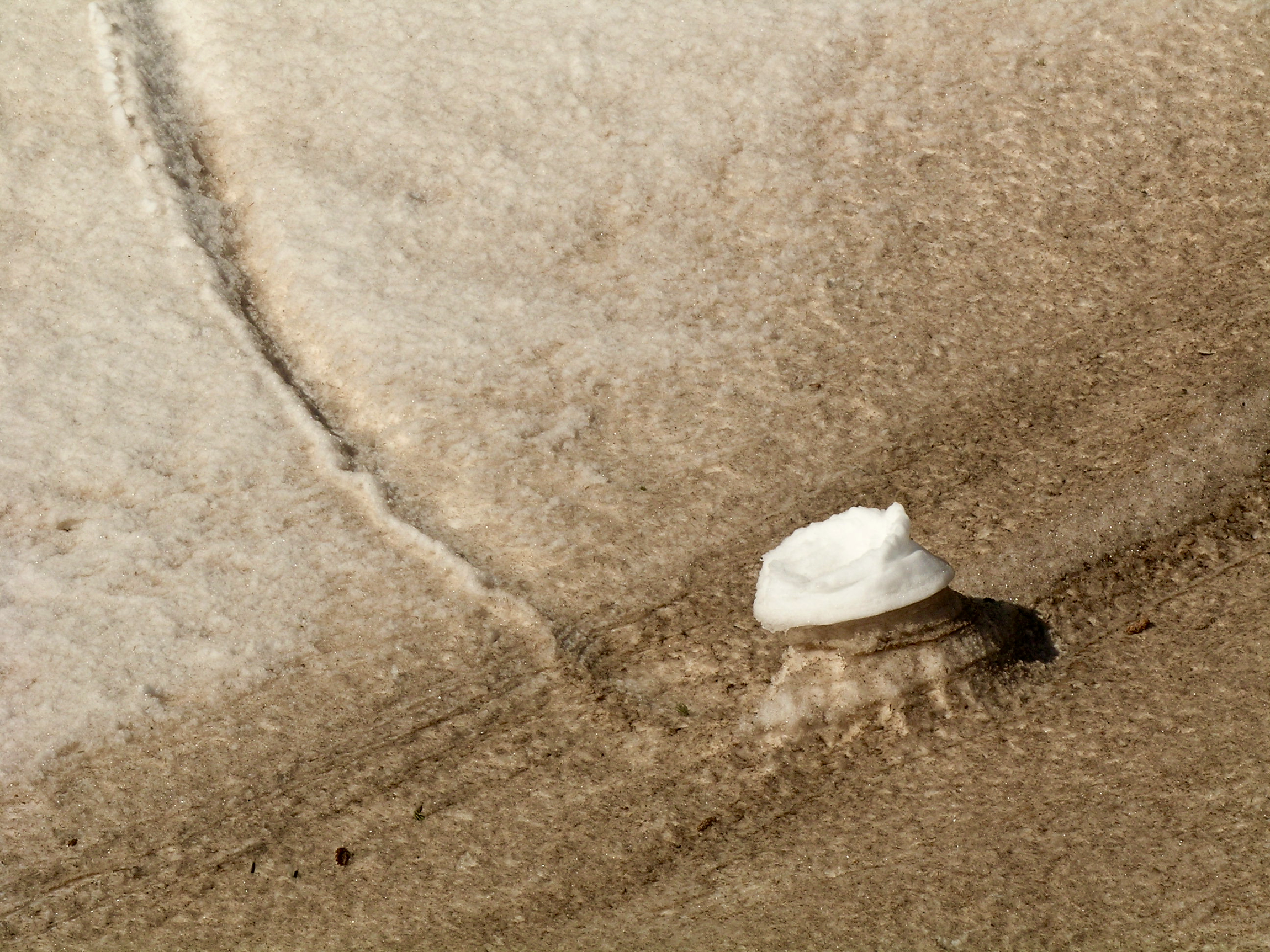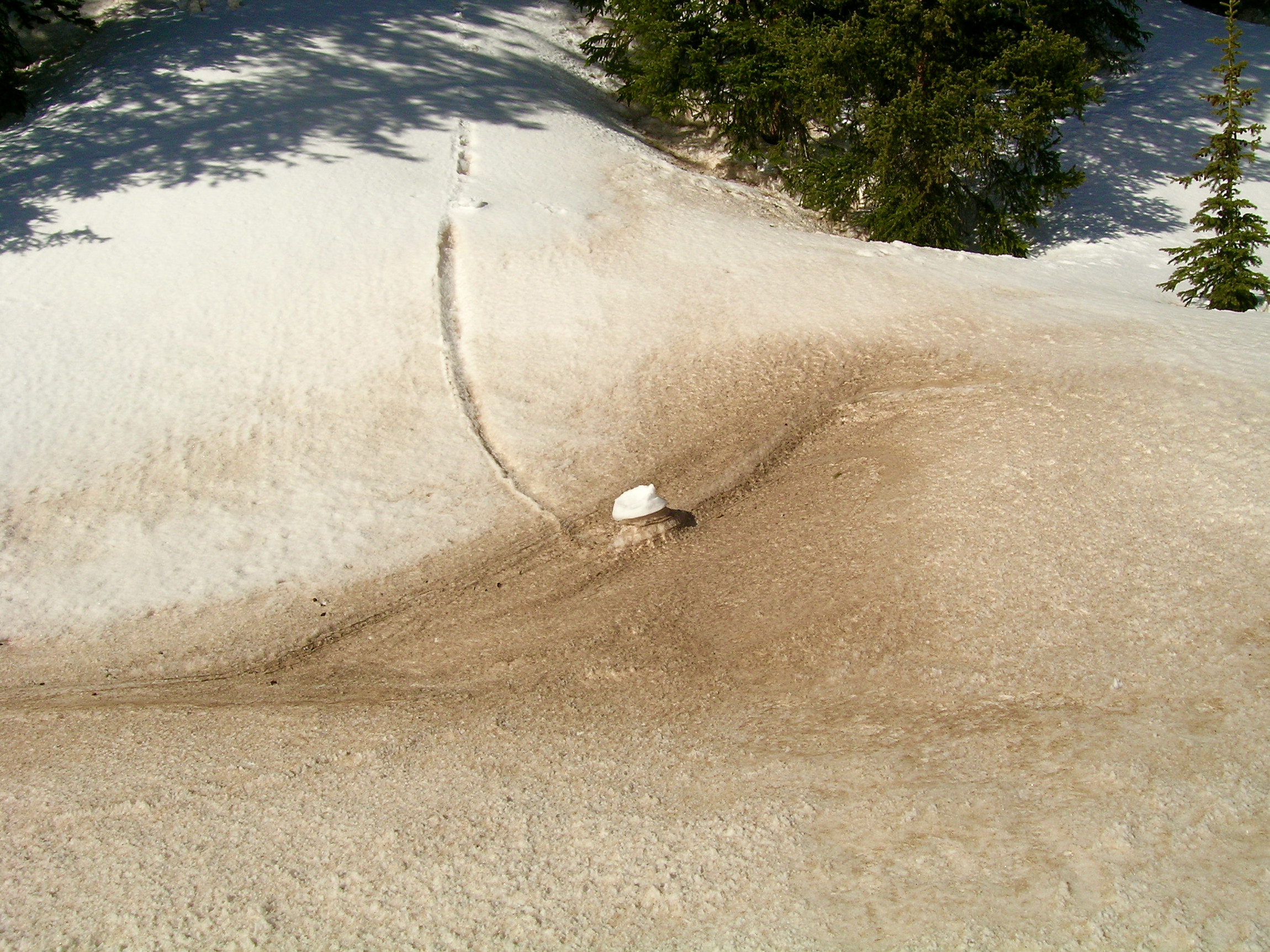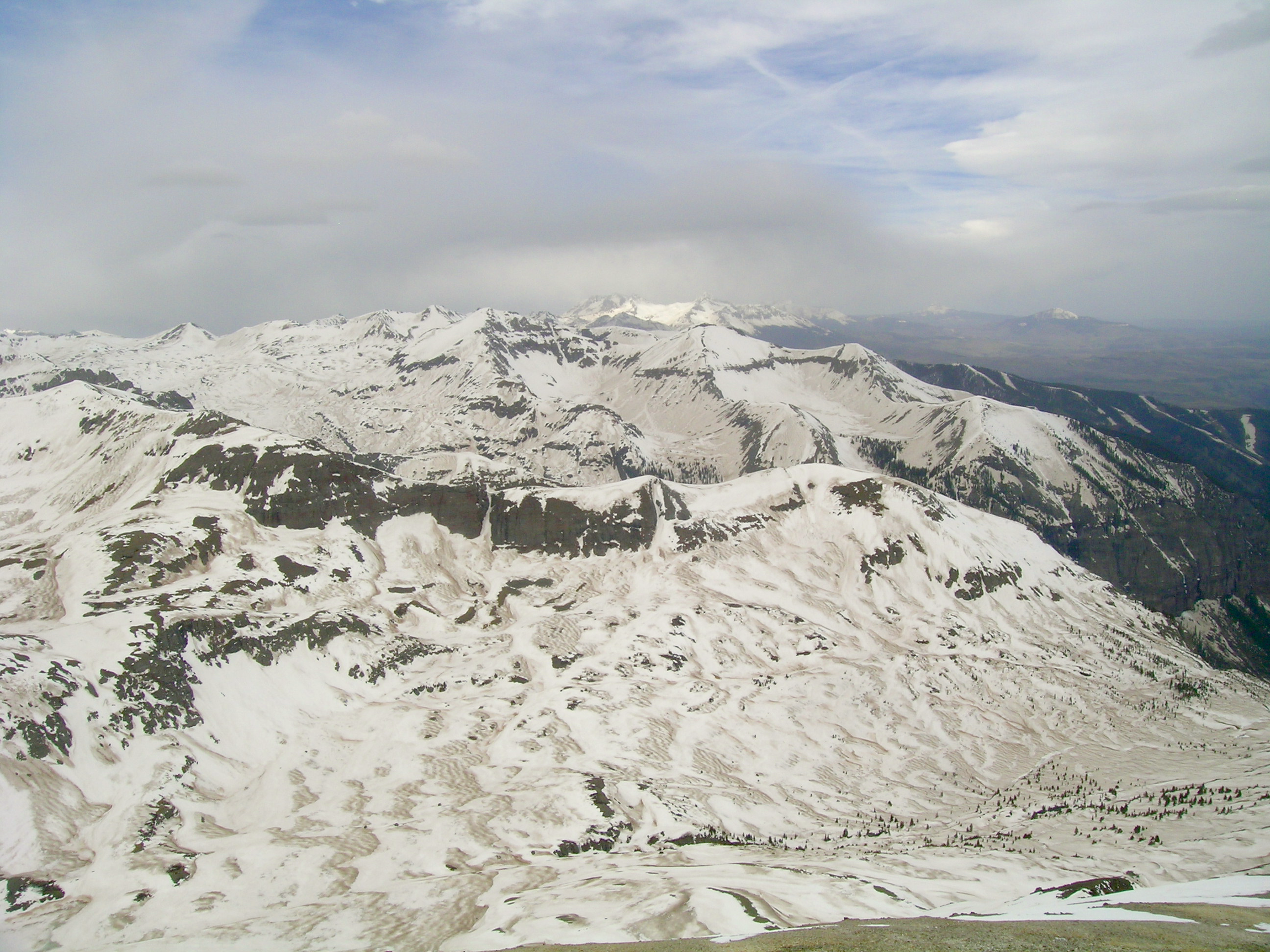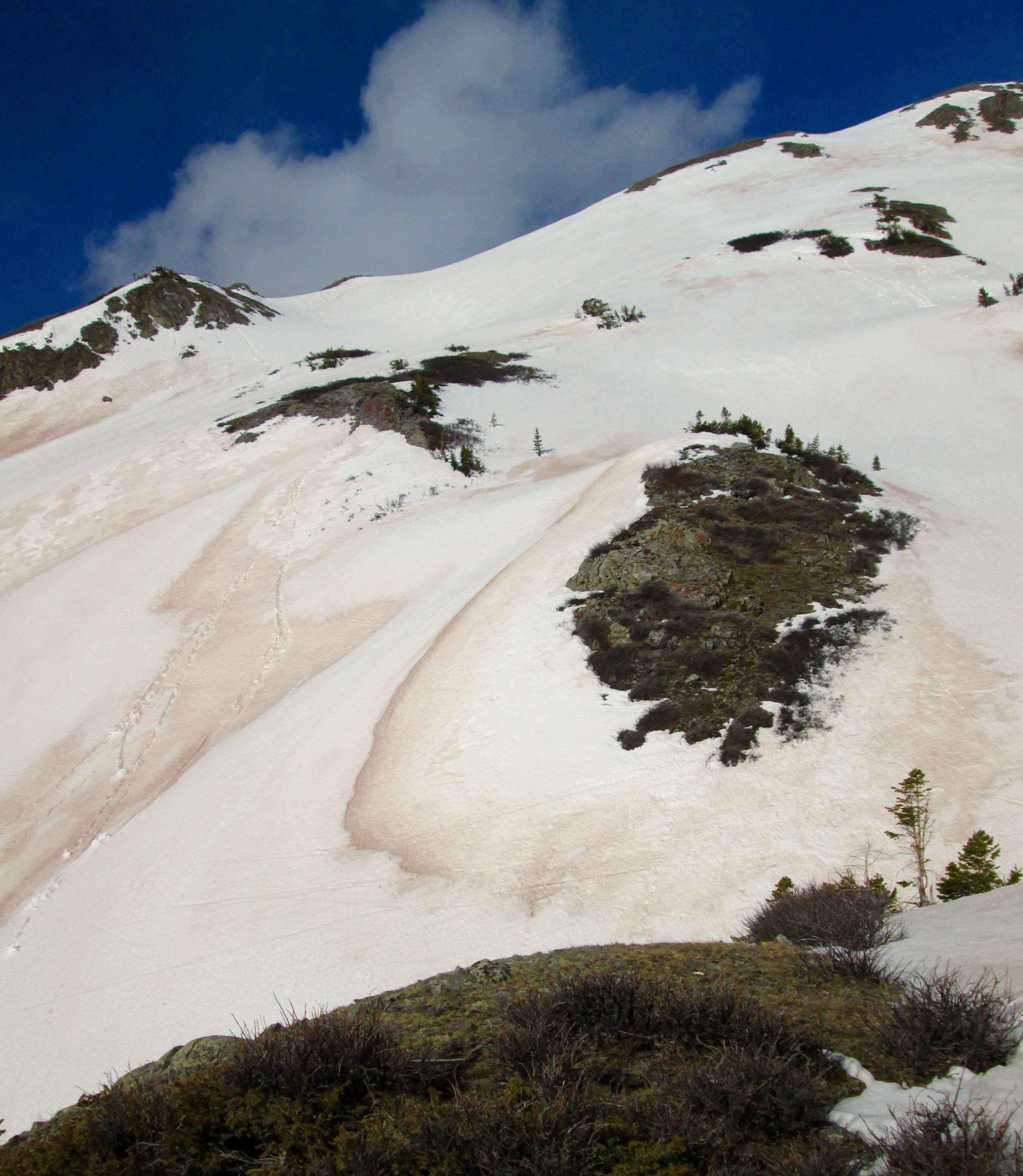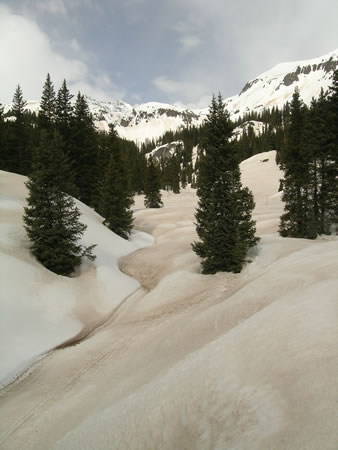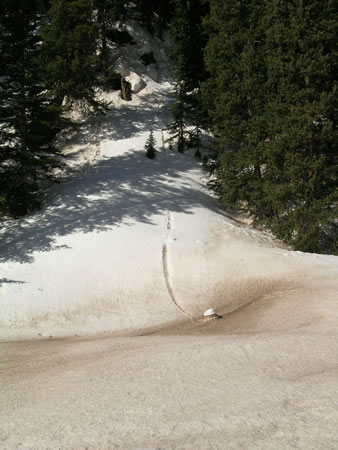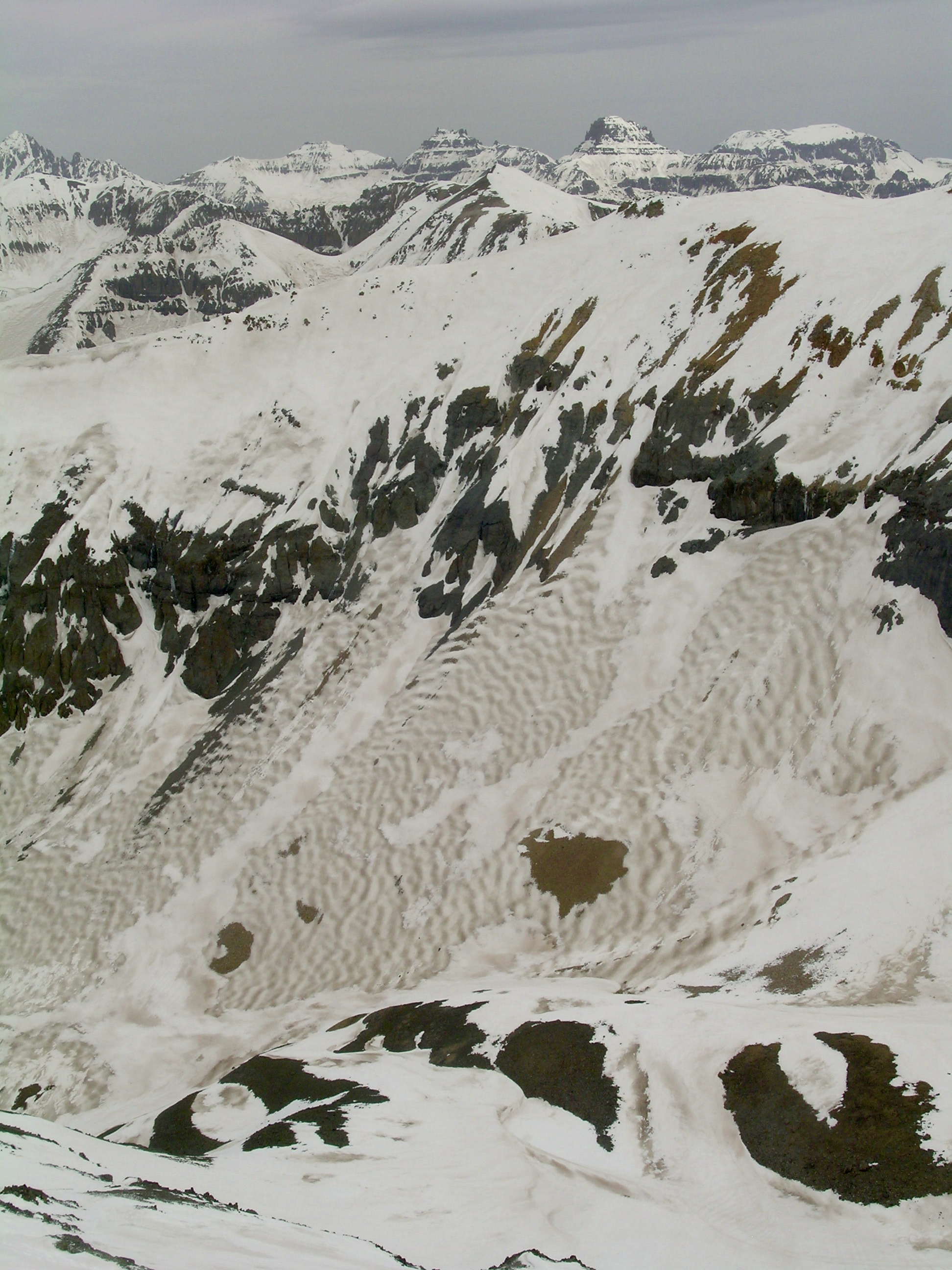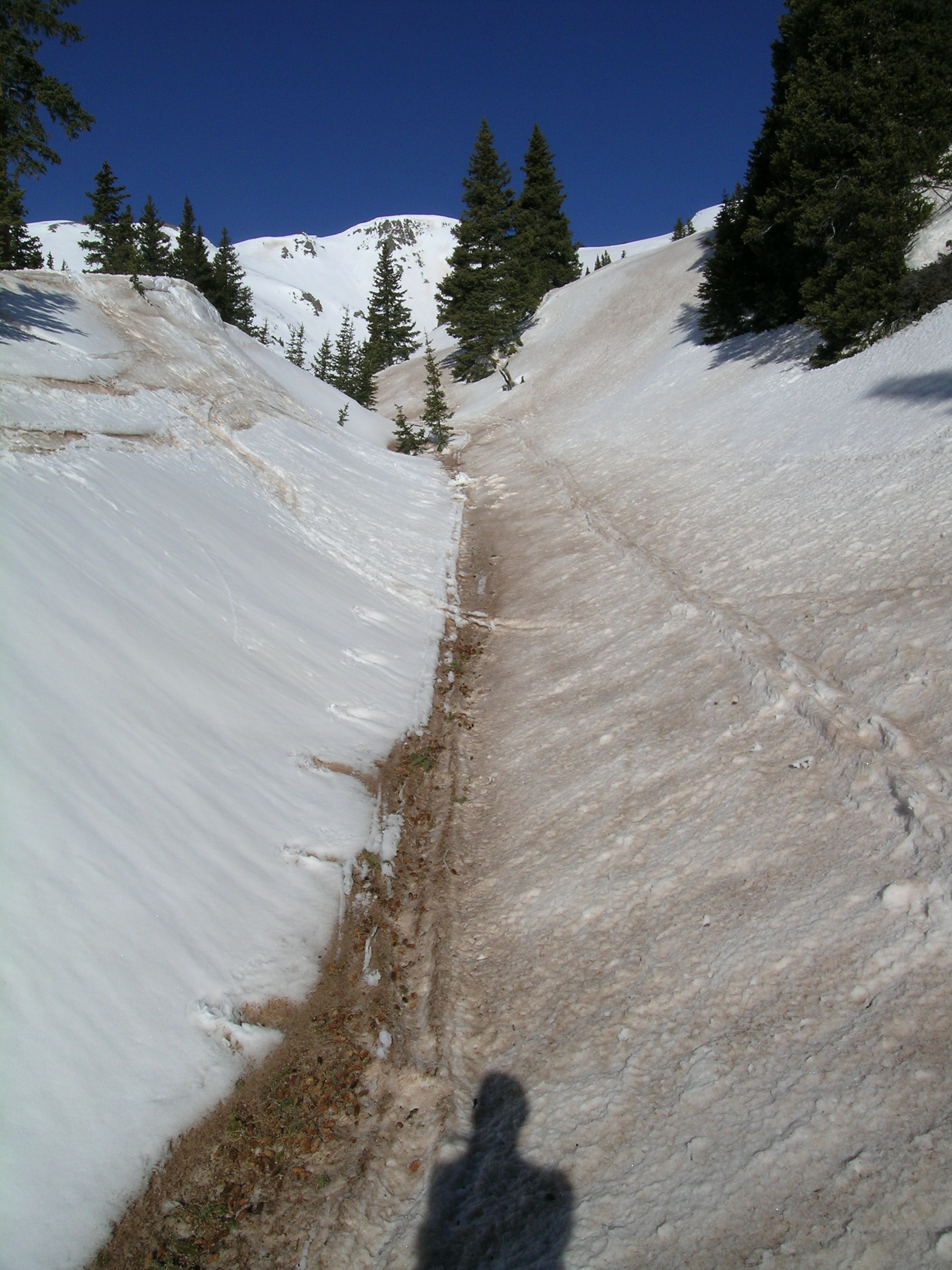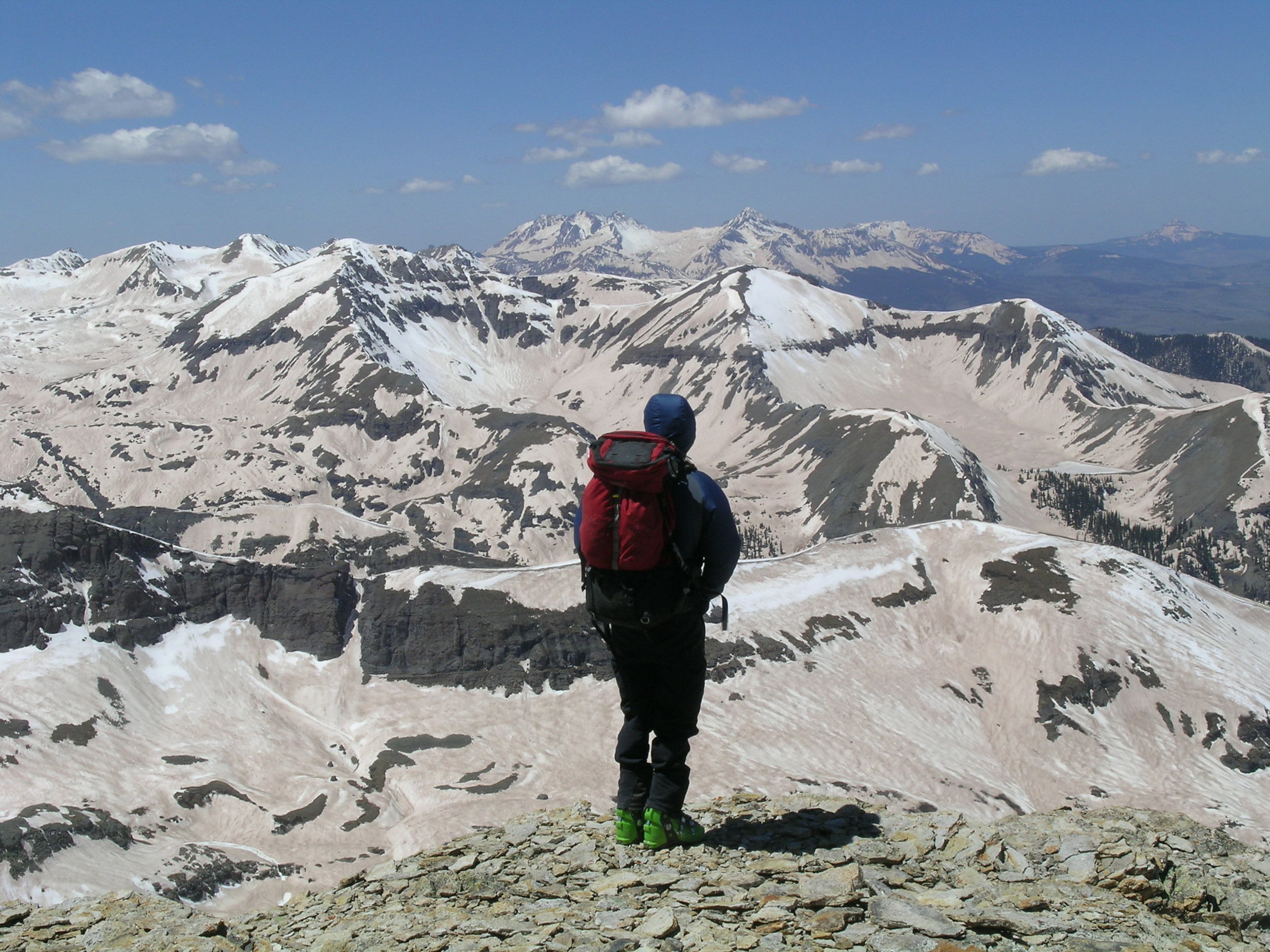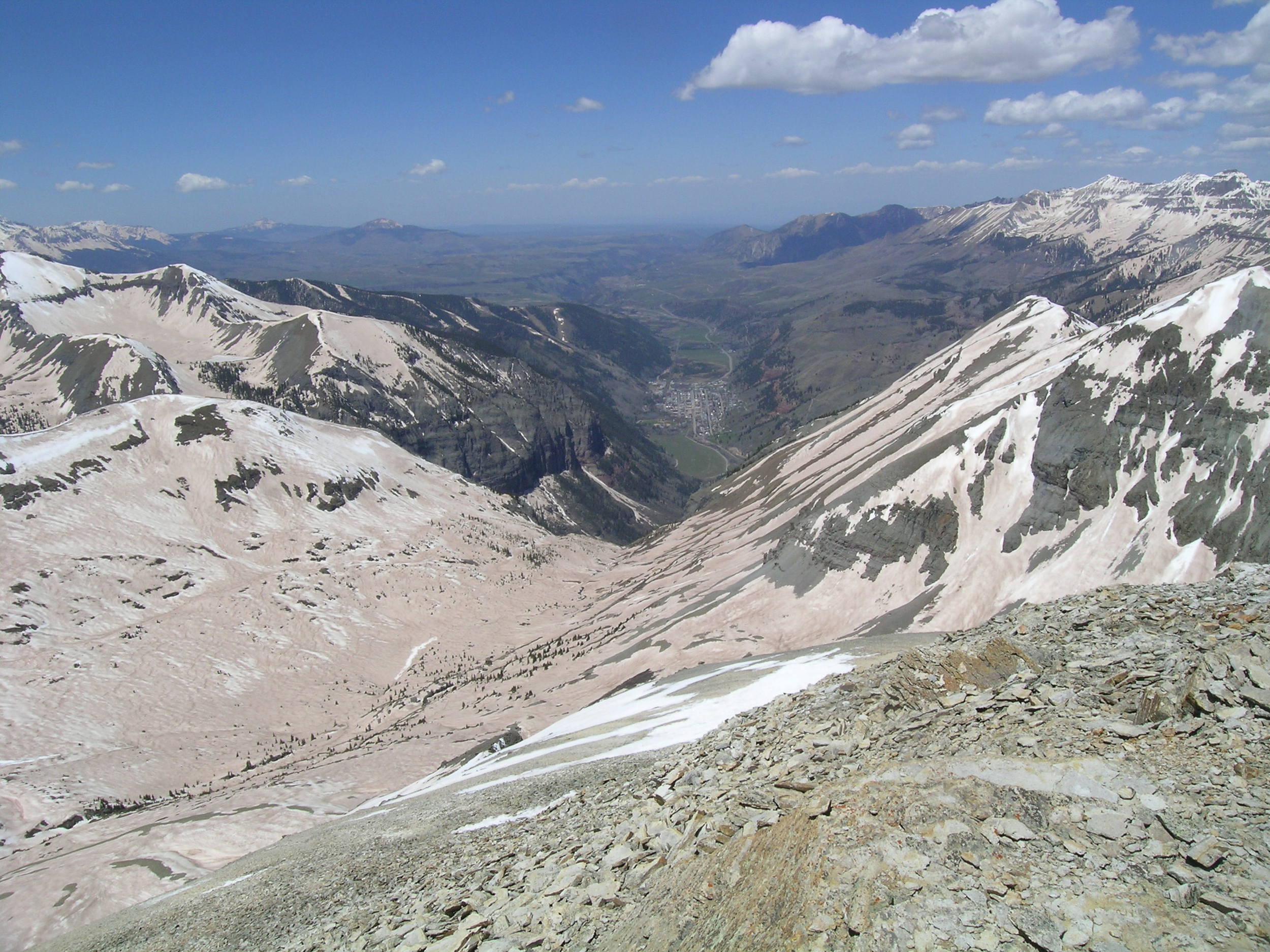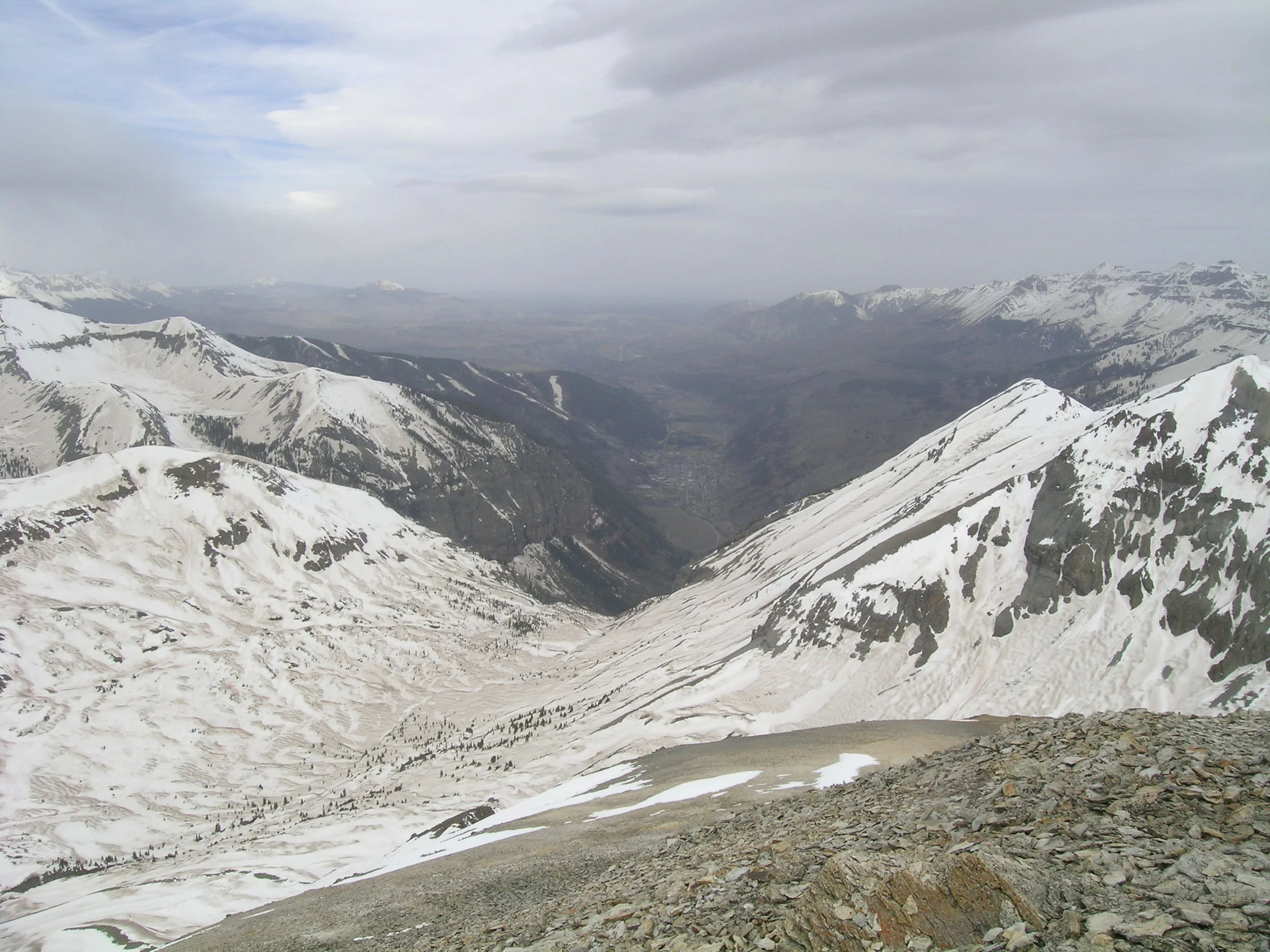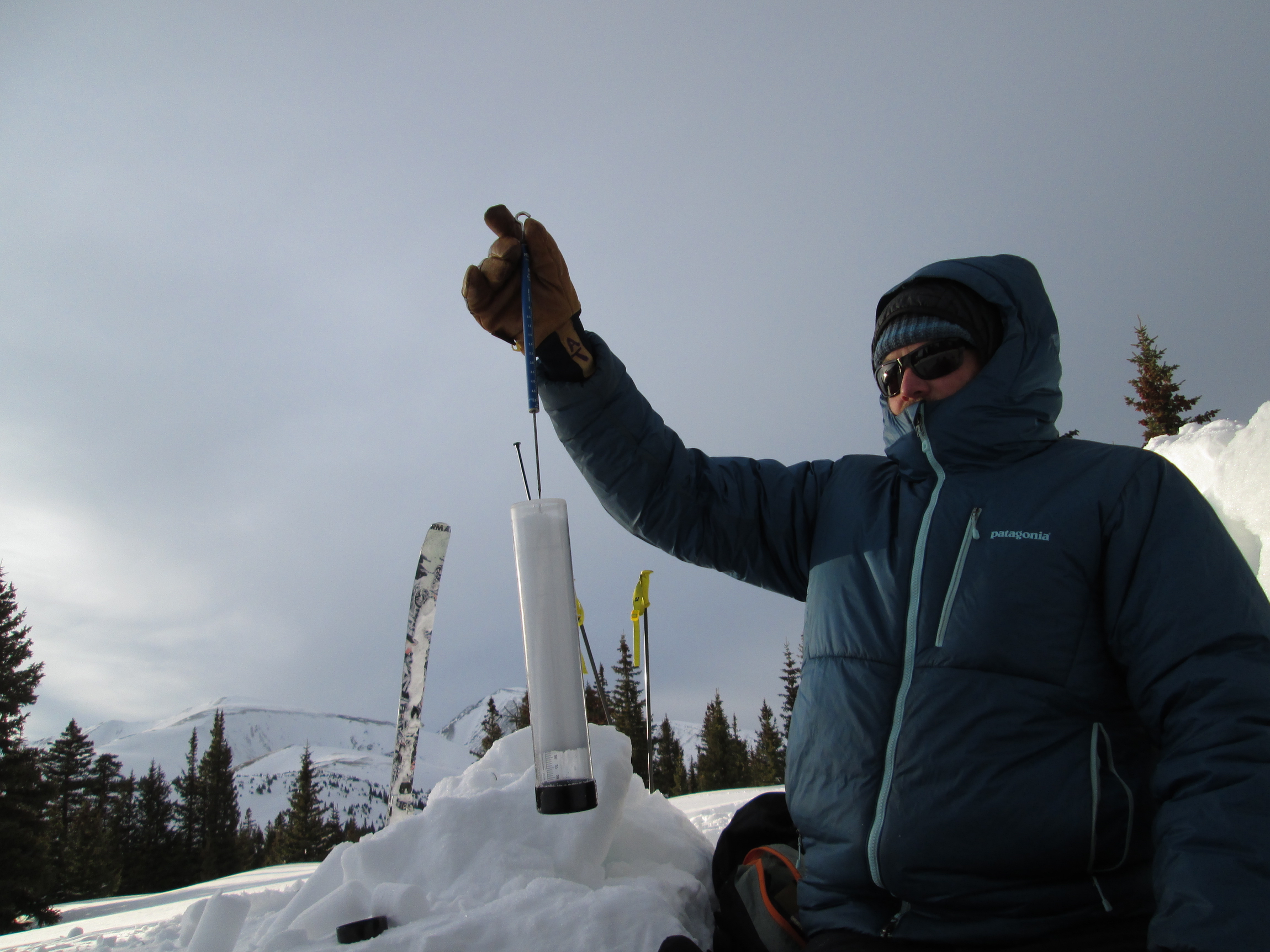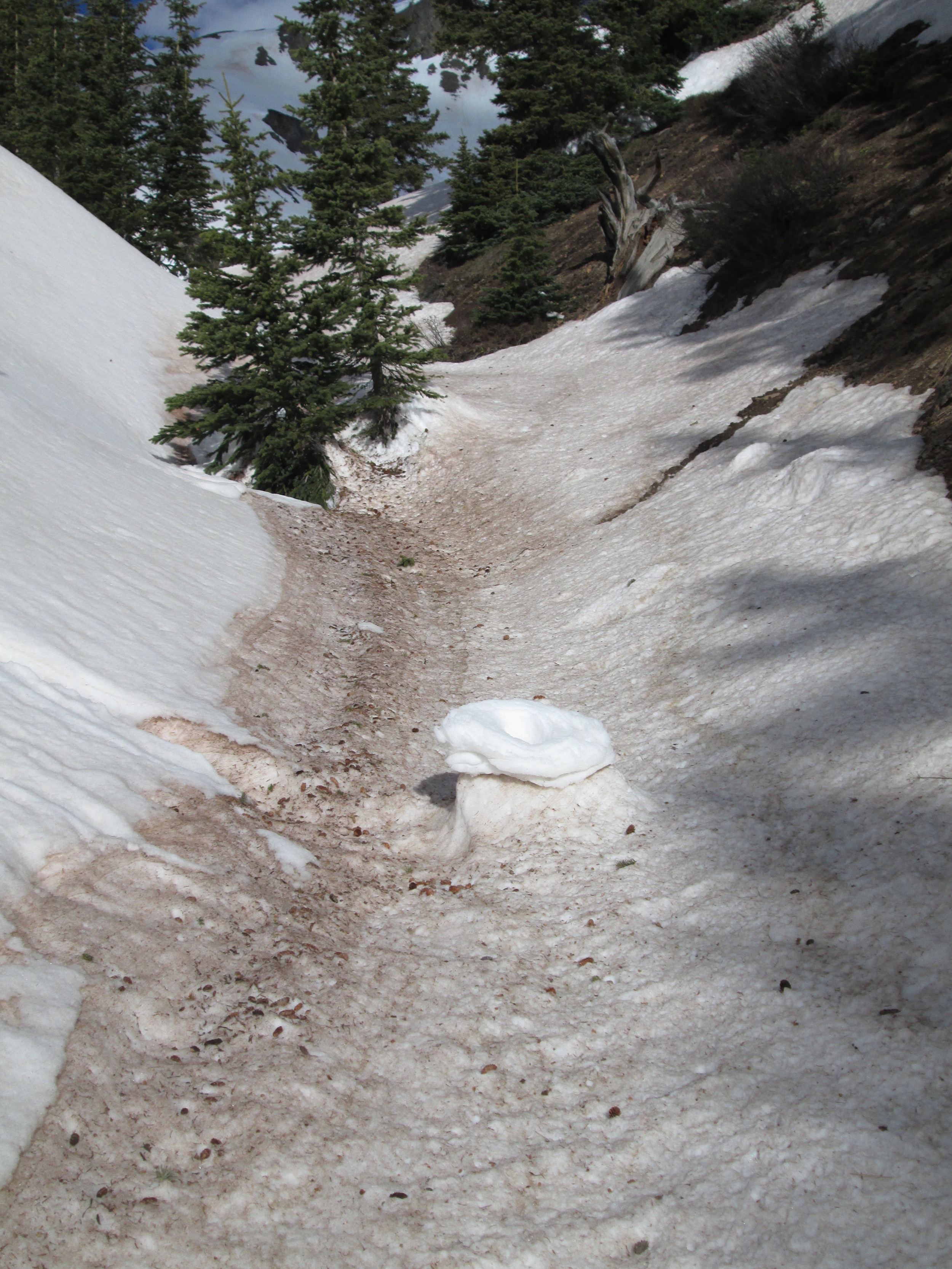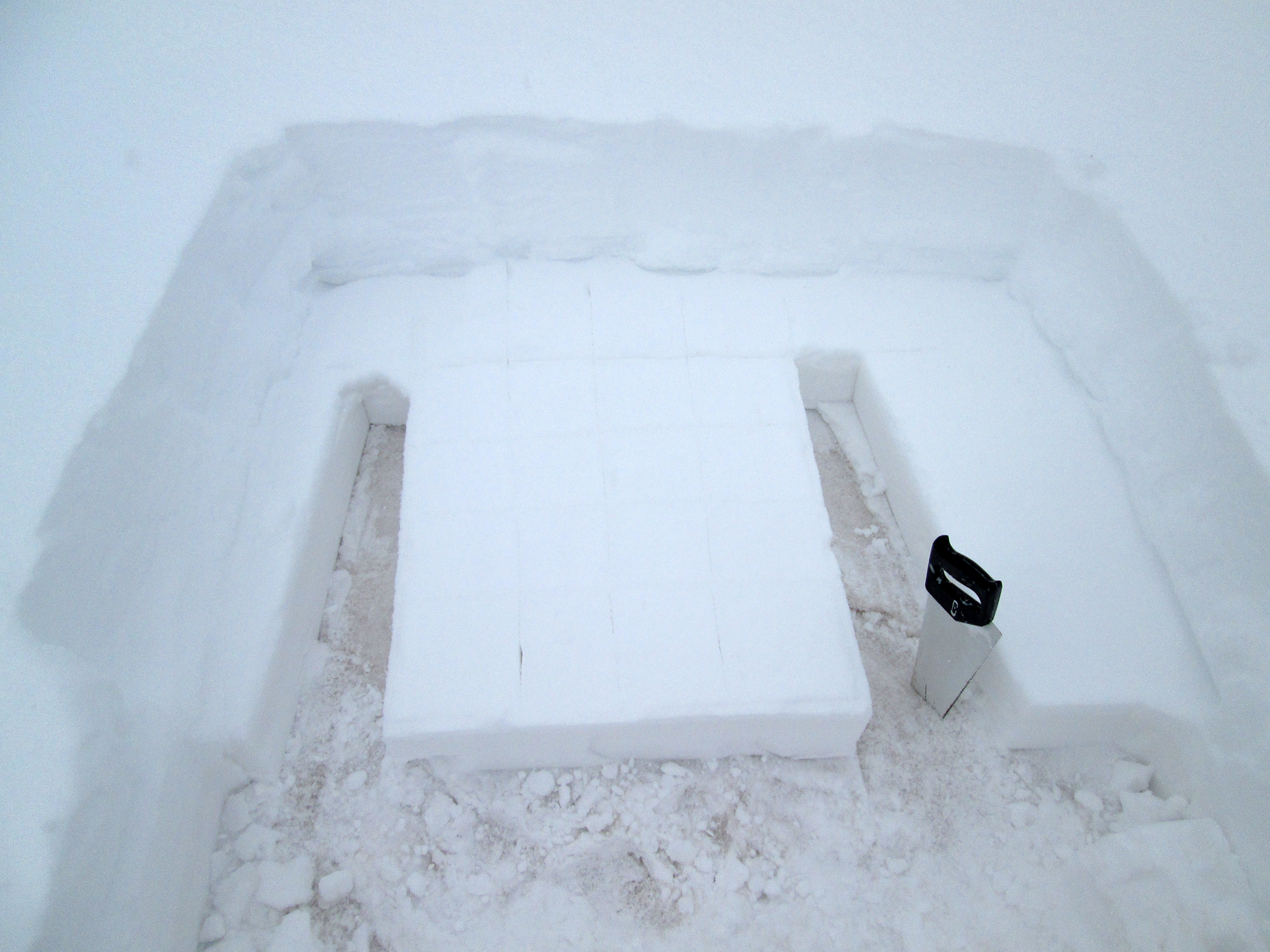

Company Overview
Company Overview
Center for Snow & Avalanche Studies (CSAS) Overview
Who is CSAS?
The Center for Snow & Avalanche Studies (CSAS) is an independent, not-for-profit 501(c)(3) organization. CSAS and its 720 acre, alpine Senator Beck Basin Study Area (SBB) was established in 2003 to foster new research on mountain snowpack processes and to monitor for and detect climate-driven and other changes in regional mountain snow systems. SBB is located in a critically wet and cold portion of the Colorado River Basin (CRB) in the western San Juan Mountains, the first major mountain system downwind of the desert Southwest and Colorado Plateau, is well situated to enable monitoring and understanding of Upper CRB warming, drought, changes in precipitation phase, and other emerging processes such as dust-on-snow. Climate change researchers around the world have recognized mountains as a sensitive bellwether of global and regional change, where system responses may be more transparent and perhaps quicker than in lower elevation settings. Four continuously operating monitoring stations, including a stream gauging station, are operated by CSAS at SBB. Year-round automated measurements are complemented by other manual measurements.
How else is CSAS relevant to Colorado River Basin ?
SBB is the primary sentry site for the CSAS’s Colorado Dust-on-Snow program (CODOS), an applied science program for stakeholders in the CRB. SBB datasets provide a rare platform for development of refined snowmelt models that could improve the Community Hydrologic Prediction System at NOAA River Forecast Centers. Numerous studies, including the Basin Study, have identified the need for improved monitoring in the CRB. SBB data are critical to ongoing research on the impacts of mountain system warming and other hydrologic forcings, providing the basis for many recent peer-reviewed publications. SBB also provides a unique platform for development and validation of remote sensing technologies and characterizations of snowcover conditions and water content. Datasets from the high elevation, alpine SBB capture previously under-represented snow processes.
More Information About Colorado Dust on Snow (CODOS)
The Center for Snow and Avalanche Studies is home to “CODOS”, the Colorado Dust-on-Snow program, an applied science effort funded directly by a collaboration of Colorado and regional water management agencies. Research funded in 2004 by National Science Foundation Grant #ATM0431955 showed that winter and spring depositions of desert dust from the Colorado Plateau onto Colorado’s mountain snowpacks can dramatically reduce snowcover albedo, advance snowmelt timing, enhance snowmelt runoff intensity, and decrease snowmelt runoff yields (see Geophysical Research Letter, 2007 and Proceedings of the National Academy of Sciences, 2010).
CSAS engaged Colorado’s water management community during the summer of 2006 and has been presenting these findings ever since, at quarterly board meetings of local water districts, Colorado Water Congress and Colorado Water Workshop sessions, regional IBCC Colorado Roundtable sessions, and other technical meetings hosted by the Bureau of Reclamation. With direct funding support from those stakeholders, CODOS monitors the presence/absence of dust layers at ten mountain pass locations throughout the State. With those data, and data from nearby SNOTEL sites, and given the weather forecasts for those watersheds, CODOS provides its funders and their agency partners with a series of “Update” analyses of how dust-on-snow is likely to influence snowmelt timing and rates during the snowmelt runoff season. That information assists reservoir operators, municipal and agricultural water providers, flood risk managers, and others at local, State, and Federal agencies responsible for managing the spring runoff water that is so vital to Colorado and to states downstream on the Colorado, Rio Grande, North and South Platte, and Arkansas rivers.
In an effort to create a useful reference for each CODOS site, we have gathered all relevant data, graphs and photos into a single page for each site:
Berthoud | Grand Mesa | Hoosier | Loveland Pass | McClure | Senator Beck Basin | Park Cone | Spring Creek | Willow Creek | Wolf Creek
Keep in mind that many CODOS Updates & Alerts are not site-specific, and can be found only on the CODOS Updates & Archives page.
Who relies on Senator Beck Basin for data, field research, and operations?
CSAS hosts field studies at SBB and/or provides SBB data for academic and agency research projects focused on snow and mountain hydrology, mountain climate, and mountain ecology. Currently, several research teams are developing and testing new technologies for snowpack SWE monitoring (Boise State Univ., ACE-CRREL, JPL,PMOD-WRC), improving snowmelt models (NCAR, ACE-ERDC), developing remote sensing algorithms for snowmelt forcing by dust (JPL/UCLA, W), and exploring long-wave radiation effects on mountain system warming (Columbia, Rutgers). In operational contexts, the Colorado Basin River Forecast Center (CBRFC) uses CODOS Updates and Alerts to modify their quantitative streamflow forecasts for spring runoff in the Upper CRB, and the National Weather Service in Grand Junction, CO also use CSAS data.
Learn More: Premise Statement | History | CSAS About Page | Printable CSAS Information Sheet
Staff and Board of Directors
Staff and Board of Directors
JEFF DERRY: EXECUTIVE DIRECTOR
Jeff Derry has over 20 years’ experience planning, managing, and executing complex scientific research projects to support industry needs, government programs and academic research throughout the world. His specializations include hydrology, meteorology, air quality monitoring, project management, and field operations logistics in remote settings including the North Slope of Alaska, Greenland, Antarctica, and offshore Kazakhstan.
Jeff earned a M.S. in Watershed Science from Colorado State University with an emphasis in snow hydrology. Thesis and post graduate research focused on regional patterns of snow water equivalent, and physiographic influences on snowpack variability, in the Colorado River Basin.
In Antarctica, Jeff held positions such as oceanic research associate, fuels supervisor, and Manager of Marble Point - a field camp located at the base of environmentally fragile McMurdo Dry Valleys. In Greenland, Jeff oversaw and conducted multidisciplinary scientific investigations at the summit of the Greenland icecap, a location crucial to understanding atmospheric and snowpack processes and the advancement of climate change research.
For five years Jeff worked for a private consultant out of Fairbanks, Alaska where virtually all projects were partnerships with University Alaska Fairbanks to conduct applied research in the Arctic. Professional focus was towards installing and maintaining meteorological stations, collecting water quality and discharge data, supervising snow survey campaigns and understanding snow distributions at multiple scales throughout the North Slope, data interpretation, and providing data to end users on a real-time basis.
Working for Golder Associates in Fort Collins, CO, Jeff provided technical and management expertise to domestic and international air quality and meteorological monitoring programs. He was Operations Manager for deployment and operation of a state-of-the science offshore ambient air quality monitoring station on D-Island in the North Caspian Sea. Email: jderry@snowstudies.org
Board of Directors:
- Chris George - President
- Keith Roush - Secretary-Treasurer
- Heidi Steltzer
- Art Mears
- Dave Kanzer
- Jeff Deems
- Tom Ryan
- Marti Whitmore
- Joe Busto
Research, publications, and stakeholders
Research, publications, and stakeholders
Research entities CSAS supports:
Hans-Peter Marshall with Boise State University
U.S. Army Cold Regions Research and Engineering Laboratory (CRREL)
Physikalisch-Meteorologisches Observatorium World Radiation Center
National Center for Atmospheric Research
U.S Army Corp of Engineers - Engineer Research and Development Center
Thomas H. Painter with Jet Propulsion Laboratory
Columbia, Rutgers
Representative Publications:
Axson, J. L., H. Shen, A. L. Bondy, C. C. Landry, J. Welz, J. M. Creamean, A. P. Ault (2016), Transported Mineral Dust Deposition Case Study at a Hydrologically Sensitive Mountain Site: Size and Composition Shifts in Ambient Aerosol and Snowpack, Aerosol and Air Quality Res., 16: 555-567, doi:10.4209/aaqr.2015.05.0346
Deems, J. S., T.H. Painter, J.J. Barsugli, J. Belnap, and B. Udall (2013), Combined impacts of current and future dust deposition and regional warming on Colorado River Basin snow dynamics and hydrology, Hydrol. Earth Syst. Sci., 17, 4401-4413, doi:10.5194/hess-17-4401-2013.
Painter, T. H., A. P. Barrett, C. C. Landry, J. C. Neff, M. P. Cassidy, C. R. Lawrence, K. P. Thatcher, L. Farmer. (2007) Impact of disturbed desert soils on duration of mountain snow cover. Geophysical Research Letters. V34, 12, L12502, 10.1029/2007GL030208.
Bryant, A. B., T. H. Painter, J. S. Deems, and S. M. Bender (2013), Impact of dust radiative forcing in snow on accuracy of operational runoff prediction in the Upper Colorado River Basin, Geophys. Res. Lett., 40, doi: 10.1002/grl.50773, 2013.
Painter, T. H., S. M. Skiles, J. S. Deems, A. C. Bryant, and C. Landry (2012), Dust radiative forcing in snow of the Upper Colorado River Basin: Part I. A 6 year record of energy balance, radiation, and dust concentrations, Water Resour. Res., doi:10.1029/2012WR011985.
Skiles, S. M., T. H. Painter, J. S. Deems, A. C. Bryant, and C. Landry (2012), Dust radiative forcing in snow of the Upper Colorado River Basin: Part II. Interannual variability in radiative forcing and snowmelt rates, Water Resour. Res., doi:10.1029/2012WR011986.
Lapo, K. E., L. M. Hinkelman, M. S. Raleigh, and J. D. Lundquist (2015), Impact of errors in the downwelling irradiances on simulations of snow water equivalent, snow surface temperature, and the snow energy balance, Water Resour. Res., 51, doi:10.1002/2014WR016259.
Steltzer, H., C. Landry, T. H. Painter, J. Anderson, and E. Ayres. 2009.Biological consequences of earlier snowmelt from desert dust deposition in alpine landscapes. Proceedings of the National Academy of Sciences. 106: 11629-11634, doi_10.1073_pnas.0900758106
Full list of CSAS publications and peer-reviewed literature
FUNDERS AND STAKEHOLDERS
Animas-La Plata Water Conservancy District
Bureau of Rec., Western Colorado Area Office
Bureau of Rec., Lower Colorado Region
Bureau of Rec., Eastern Colorado Area Office
City of Grand Junction
Colorado River Water Conservation District
Colorado Water Conservation Board
Denver Water
Dolores Water Conservancy District
Northern Colorado Water Conservancy District
Rio Grande Water Conservation District
Southwestern Water Conservation District
Tri-County Water Conservancy District
Upper Gunnison River Water Conservancy District
Western Water Assessment – Univ. of Colorado
Colorado Basin River Forecast Center (CBRFC) National Weather Service in Grand Junction, CO
Notable Media Mentions
Notable Media Mentions
NASA breaking into snow biz, by Dennis Webb. The Daily Sentinel, December 2, 2016.
NASA to study around Silverton as part of satellite development, by Jessica Pace. The Durango Herald, November 26, 2016.
NASA plans a mission to Silverton, by Mark Esper. The Silverton Standard, November 17, 2016.
Lack of red dust from desert means slow and steady Colorado snowmelt, by Jason Blevins. The Denver Post, May 6, 2016.
'Desert Dust' causing Colorado's snowpack to melt early, by Cory Reppenhagen. Denver 7 News Channel, March 27, 2016.
Early Snowmelt on the Rockies threatens Arizona's Water Supply, by Brandon Loomis. Arizona Republic, Aug 20, 2015.
Colorado’s lack of dust, By Dave Buchanan. The Daily Sentinel, April 8, 2015.
Colorado’s Snow is Dust-Free for the First Time in a Decade, by Krista Langlois. High Country News, March 30, 2015.
Dust on Snow Presents Problems in Runoff, by Scott Willoughby. The Denver Post, April 27, 2014.
Dust on Rockies Snow Quickens Melting, Disrupts Water Supplies, by Ana Campoy. Wall Street Journal, Jan 9, 2014
Blowin’ in the Wind: More and More Sickening Dust, by Tom Yulsman. Discover Magazine, June 18, 2013.
Good news of deep snow in Colorado foiled by dust that will speed melt, by Jason Blevins. The Denver Post, April 18, 2013.
Green Smoke Is Sighted as Vatican Releases Glacier Report, By Lauren Morello. The New York Times, May 6, 2011.
Air Quality Difficult to Gauge in Dustier American West by Kirk Johnson. New York Times, Dec 10, 2011.
Seeing Red, by Amy Irvine McHarg. Patagonia, Winter 2011.
Snow Safety: The Inside Scoop with Protect Our Winters, by Penn Newhard. The North Face, Nov 28, 2011.
Press in response to the 2010 study published in the Proceedings of the National Academy of Sciences:
- LA Times: Dust cuts Colorado River flow, scientists say
- LA Times Blog: Would curbing desert dust help the Colorado River?
- NASA News: NASA Funded Study Shows Desert Dust Cuts Colorado River Flow
Dust, Snow Make for Problematic Mix for Skiers by Scott Willoughby. Denver Post, April 20 2010.
La fonte accélérée des neiges de l'Ouest américain inquiète les agriculteurs: Le phénoméne, provoqué par des tempêtes de poussiére, menace l'irrigation des cultures - Le Monde. June 5, 2009
Dust storms speed snowmelt in Colorado, by Nicholas Riccardi. Los Angeles Times, May 24, 2009.
Climate change, water shortages conspire to create 21st century Dust Bowl, by Scott Streater. The New York Times, May 14, 2009.
Remember when it rained mud?, by Dave Buchanan. The Daily Sentinel, May 14, 2009.
Dust storms spur environmental fears: Increase in dirt affects ecosystems in Western states, by Juliet Eilperin. The Washington Post. April 23, 2009
How low will it go?, by Matt Jenkins. High Country News, February 23, 2009.
National Public Radio devoted stories on CSAS research May, 2006 - Snow effect; Dust emission
High Country News devoted story ‘Dust and Snow’, May, 2006 (this story contributed to Michelle Nijhuis’ winning the 2006 AAAS Science Journalism prize)
See the full list of press mentions CSAS | CODOS
PRESS RELEASES
November 9, 2015 Center for Snow and Avalanche Studies has a new Executive Director
March 11, 2015 Water Cycle Monitoring in the San Juan Mountains
September 9, 2013 Screening of the award-winning documentary, Chasing Ice
Media Assets
Media Assets
LOGO DOWNLOADS
Format: png logo | jpg logo | eps logo | pdf logo | vertical jpg logo | vertical eps logo | vertical pdf logo
VIDEOS
Dust and Snowmelt in the Colorado Mountains, by Assignment Earth. This American Land, May 24, 2010
Dust On high Peaks Dampens Colorado River Runoff, By Lisa Raffensperger. National Science Foundation, September 20, 2010
Thomas Painter of NASA JPL speaks at TEDxISU International Space University, Jul 26, 2013
Dust on Snow: Then and Now, By Jane Palmer and David Oonk. CIRES, August 28th, 2012
New study shows dust on snow depletes Colorado River runoff By David Oonk. CIRES, Sep 20, 2010
Below are links to a selection of CSAS and CODOS images. Photos for the additional CODOS sites are available on each site page. Displayed is a selection of photos spanning several years. All Photos © Center for Snow and Avalanche Studies. Click each photo for a larger version and for captions.
Media Contact
Media Contact
Writing an article or reviewing our data? We'd love to talk to you and provide you with the information and media assets that meet your needs.
Looking to conduct research or learn more about the programs we currently conduct? Get in touch today to discover how we can work together.
Media Contact: Amy Dickinson
Email: info@snowstudies.org | Phone: 970-387-5080
Mailing Address: P.O. Box 190, Silverton, CO 81433
Visit Us: 1428 Greene Street, #103, Silverton, CO 81433



